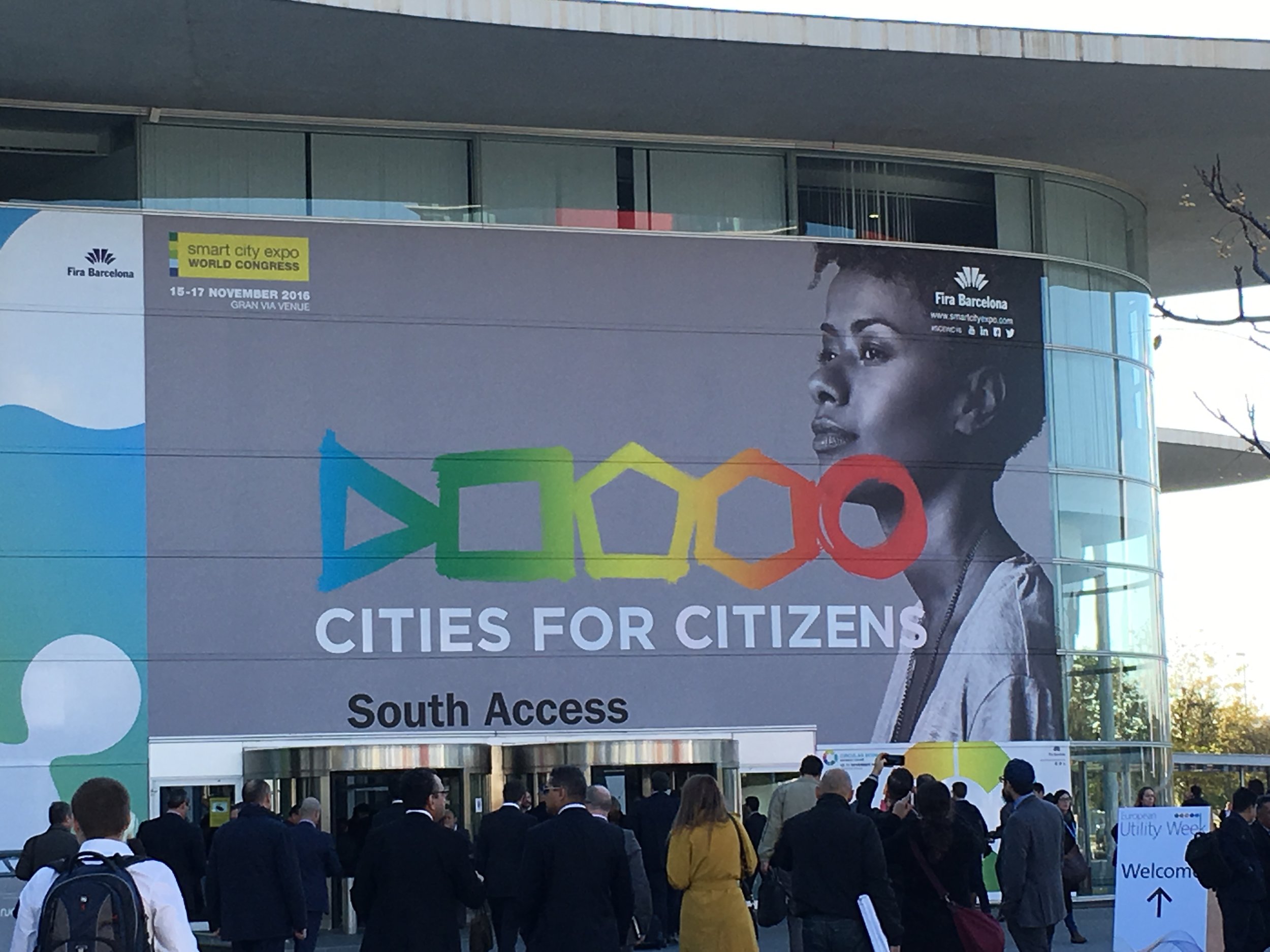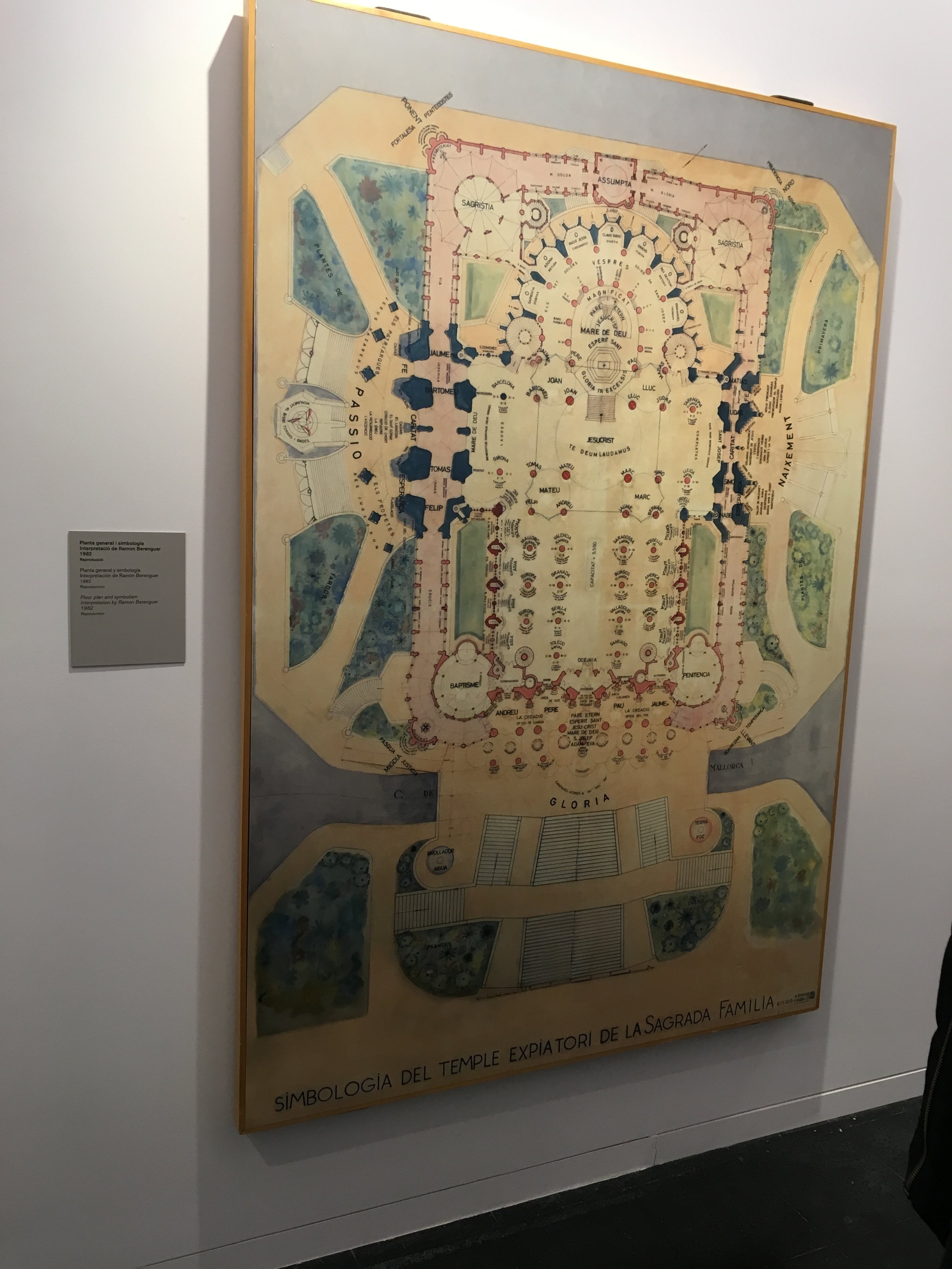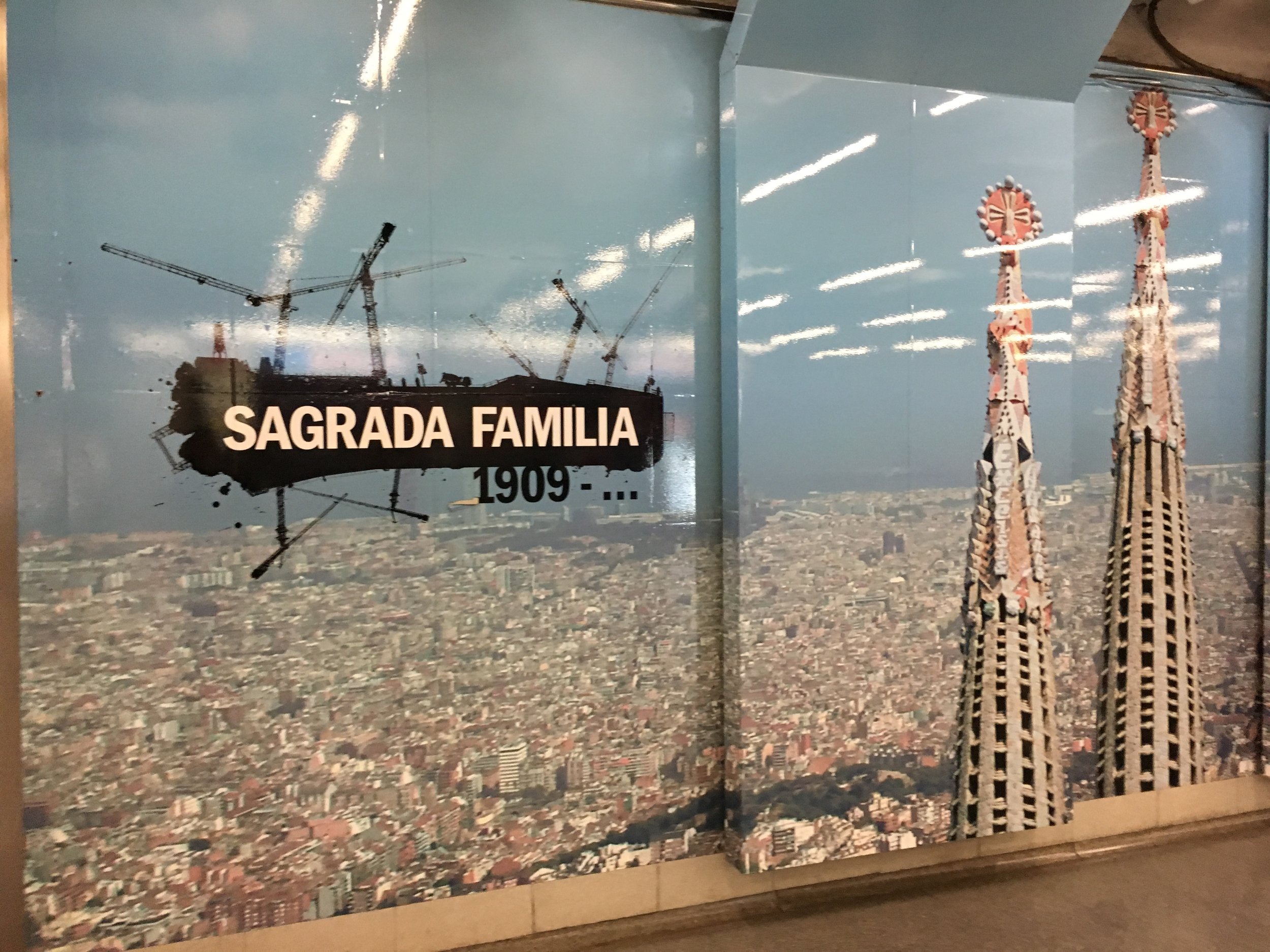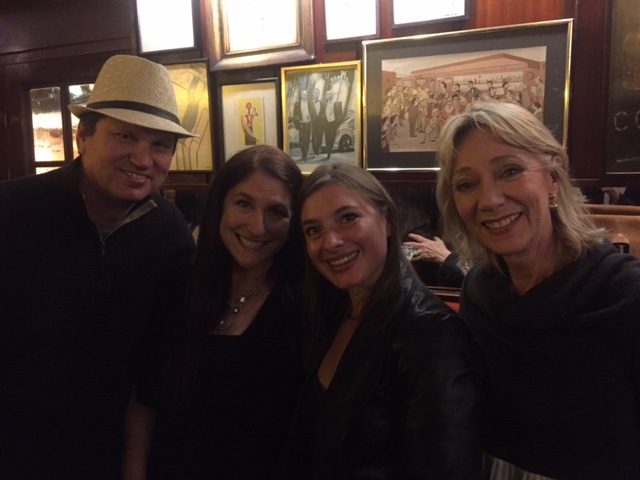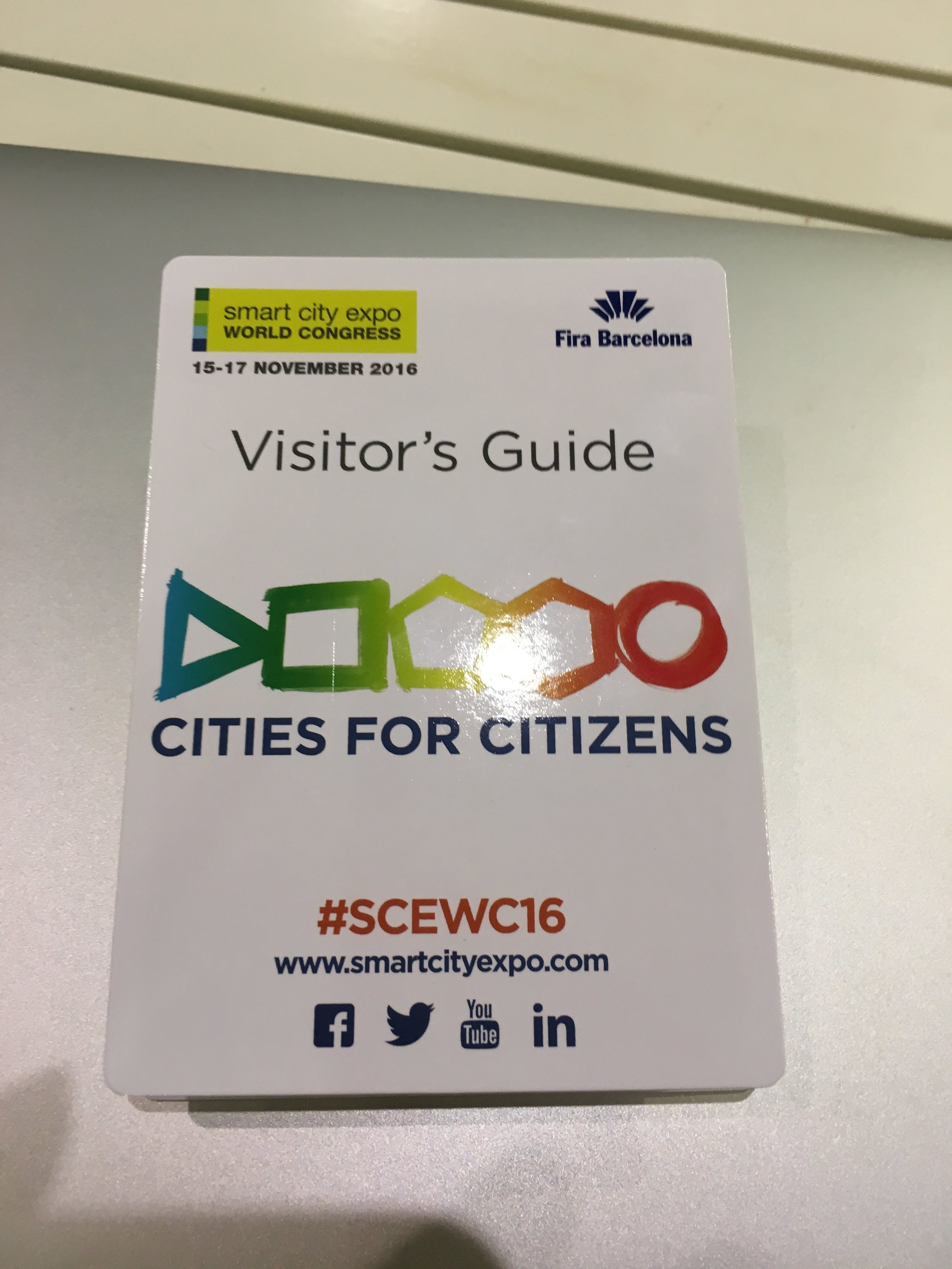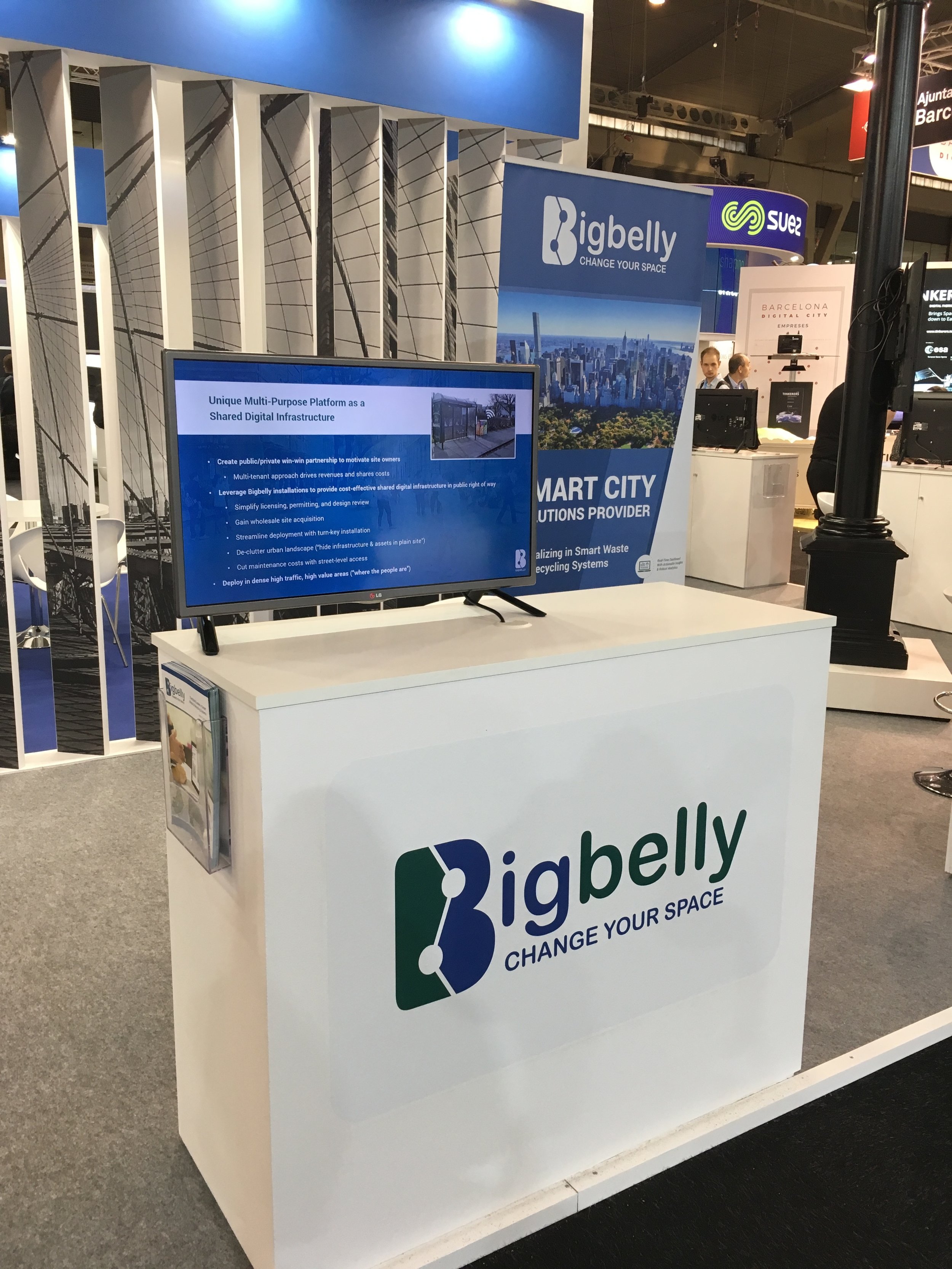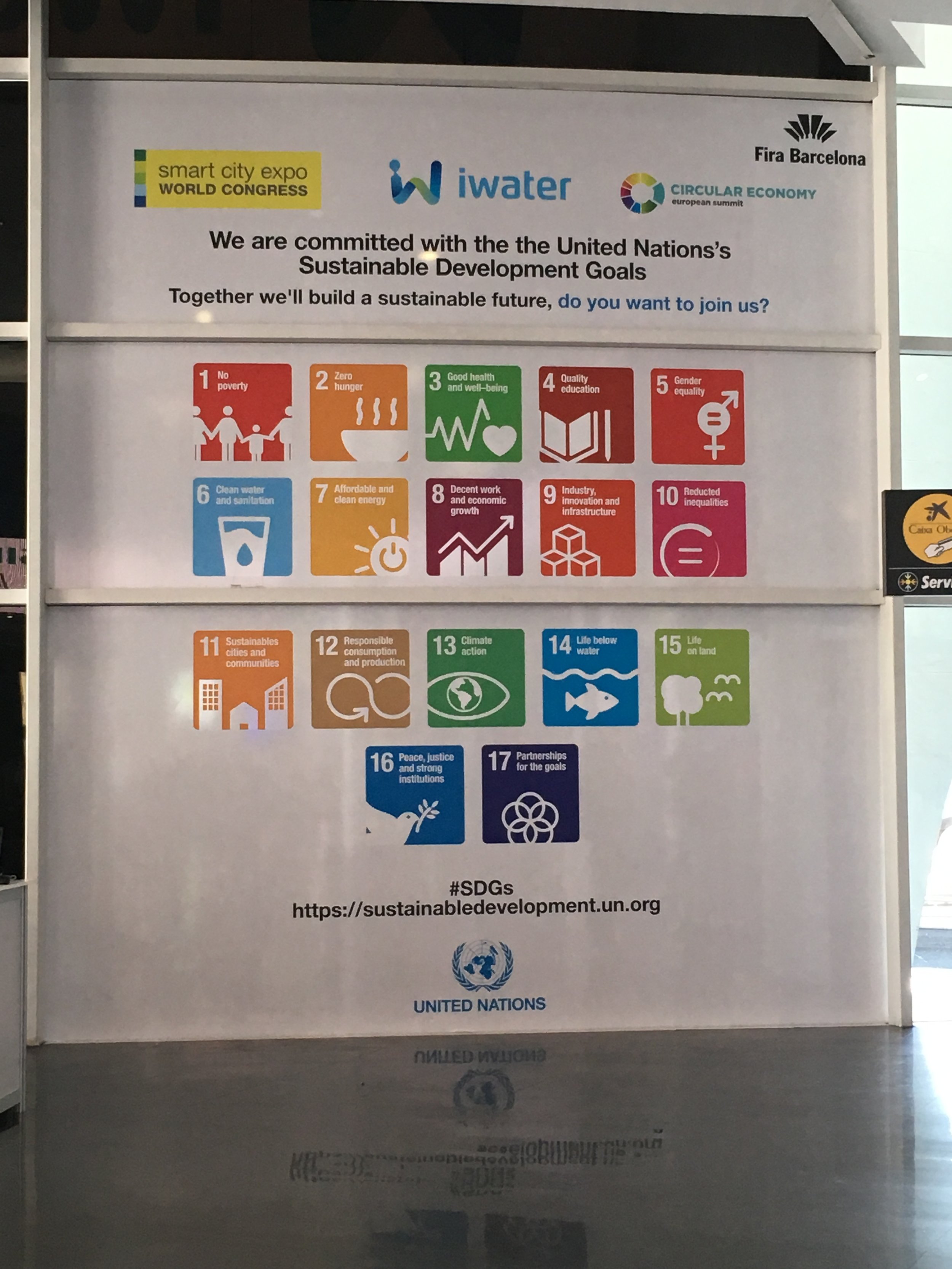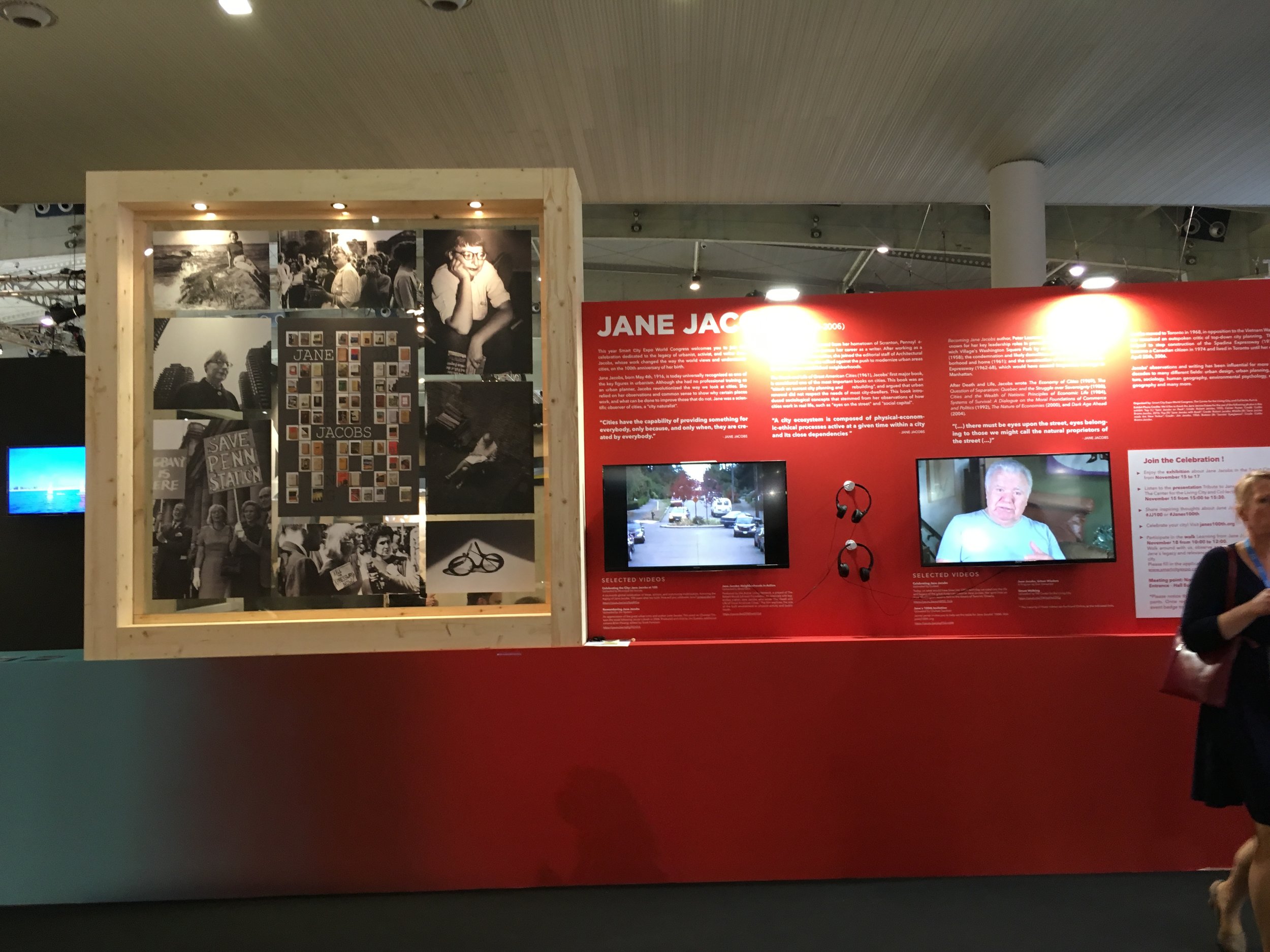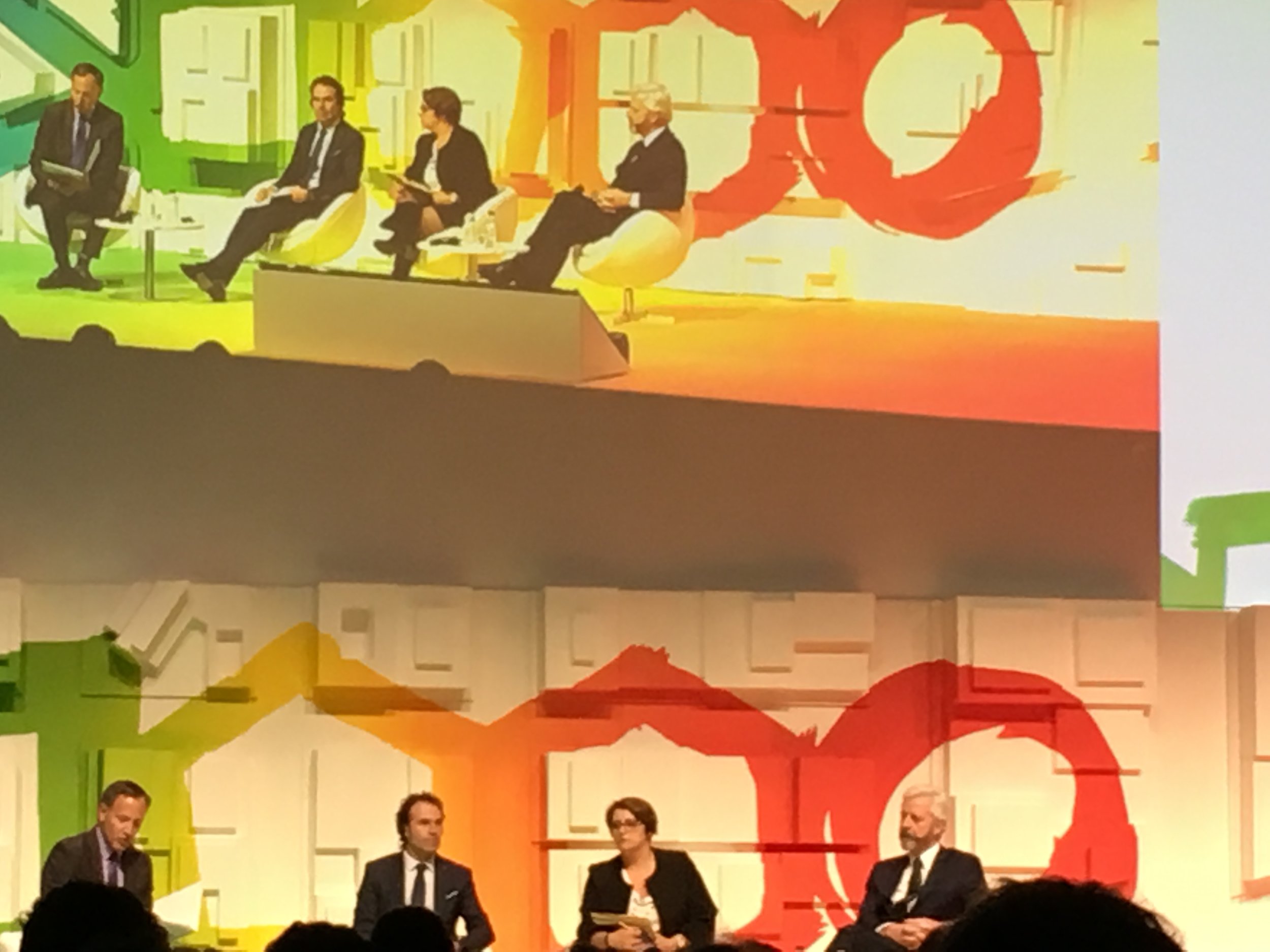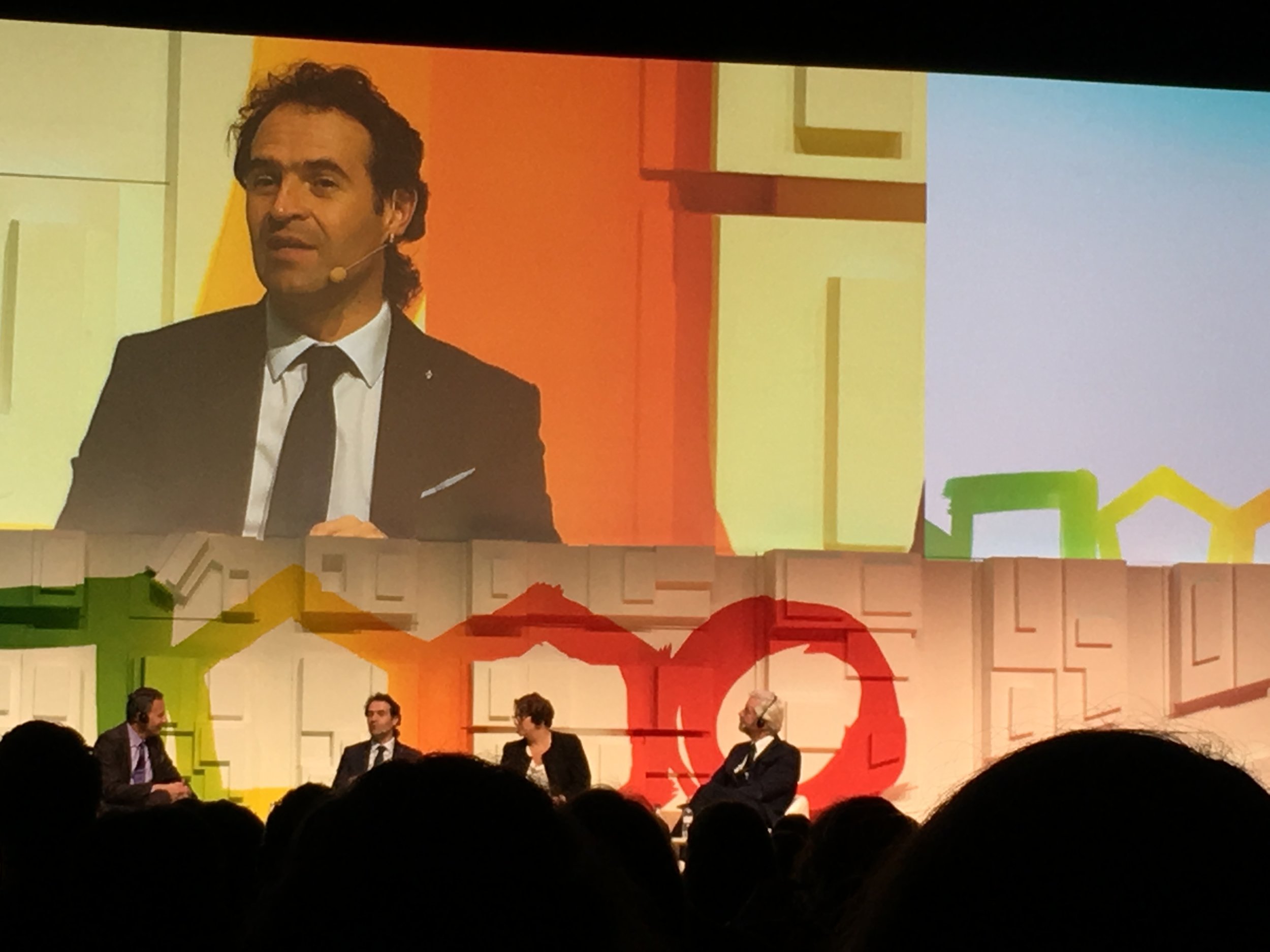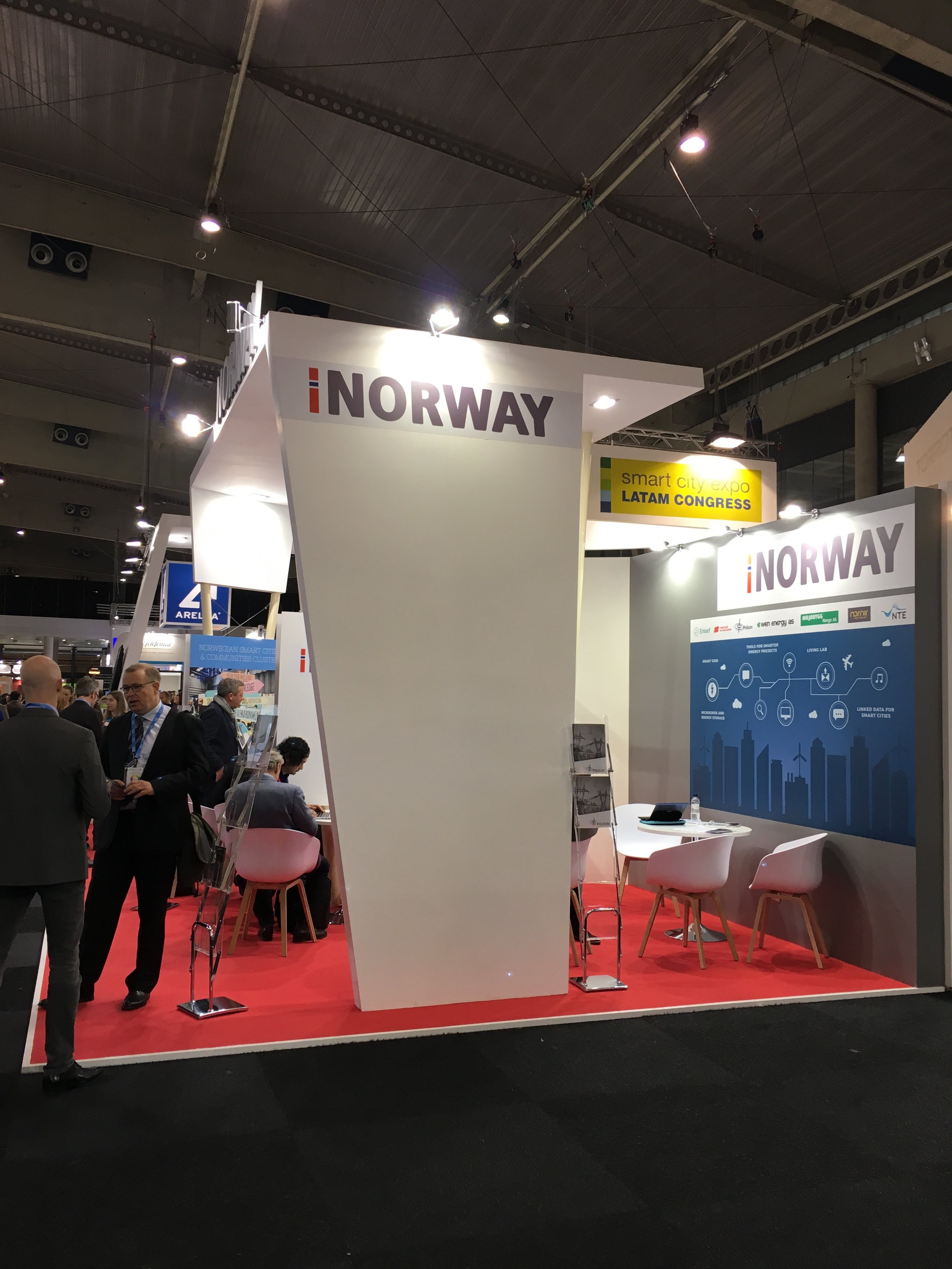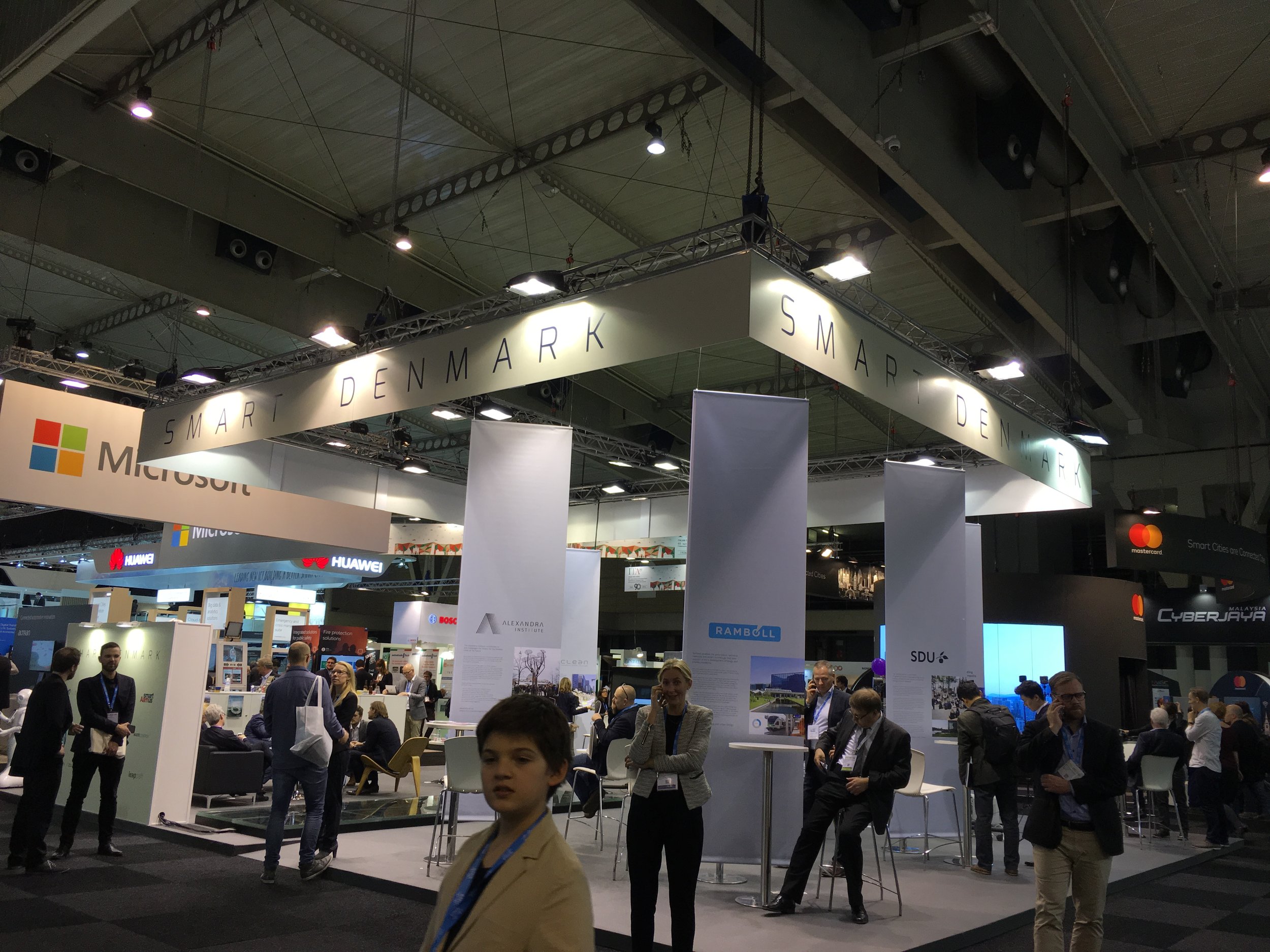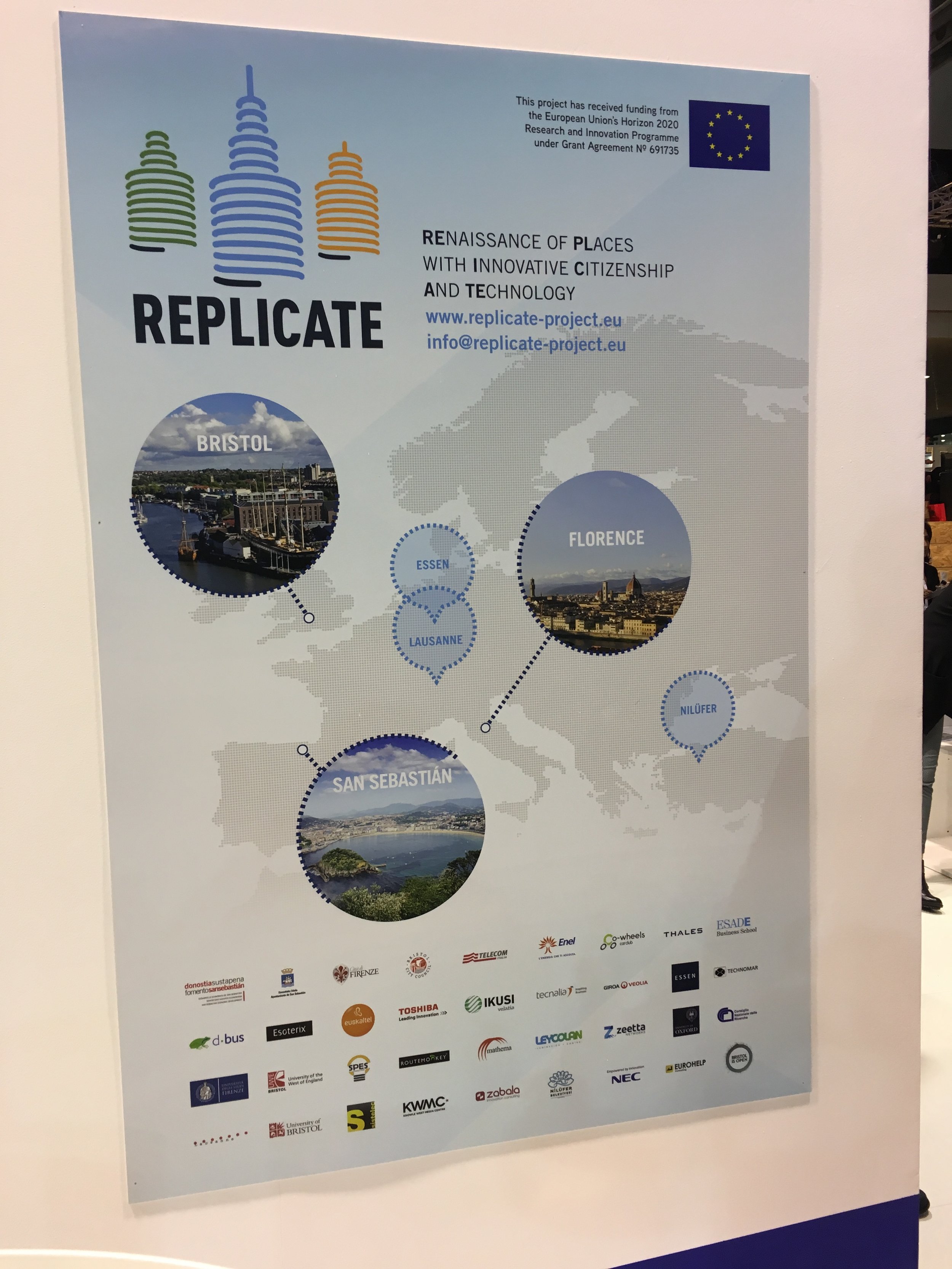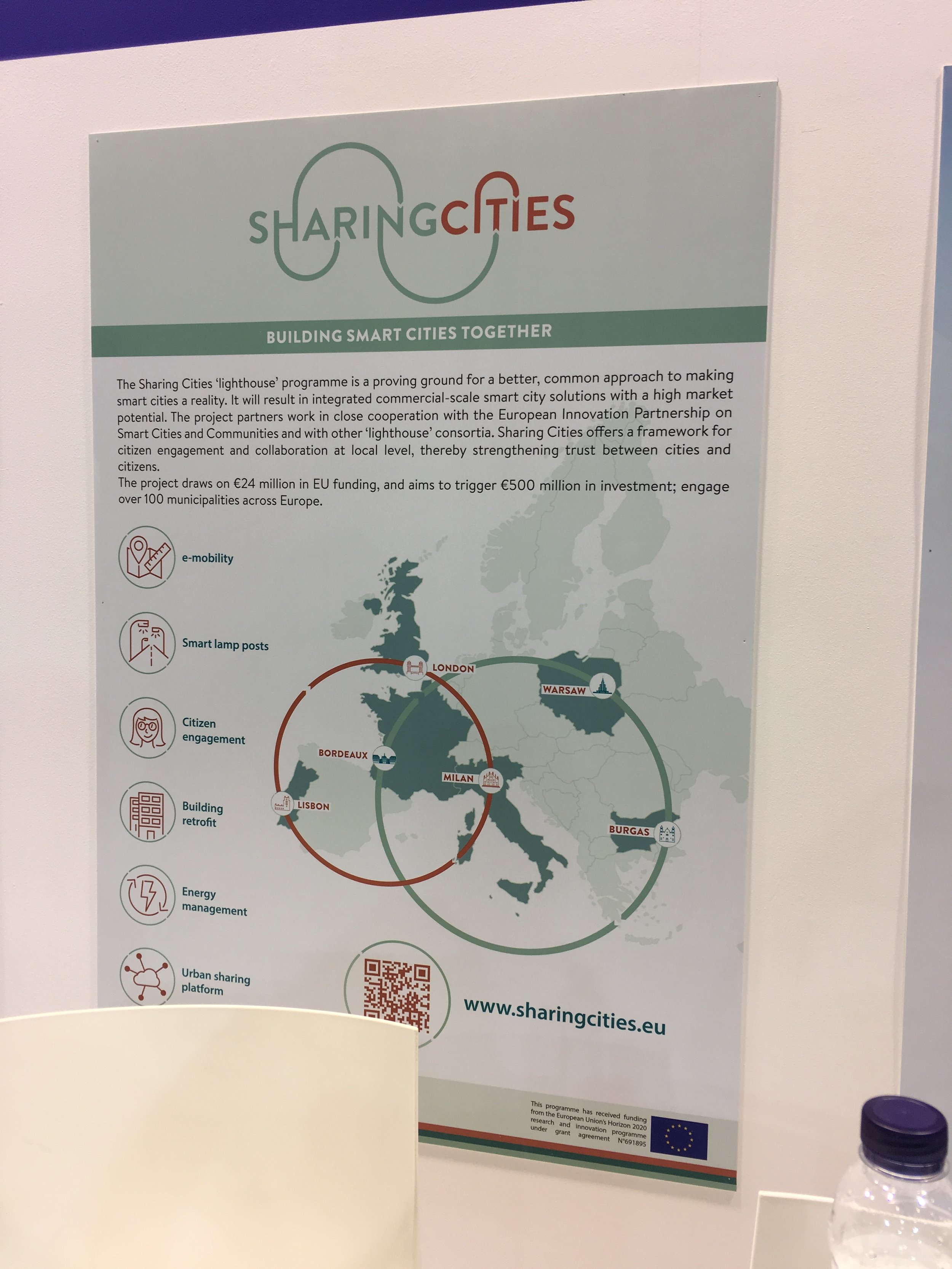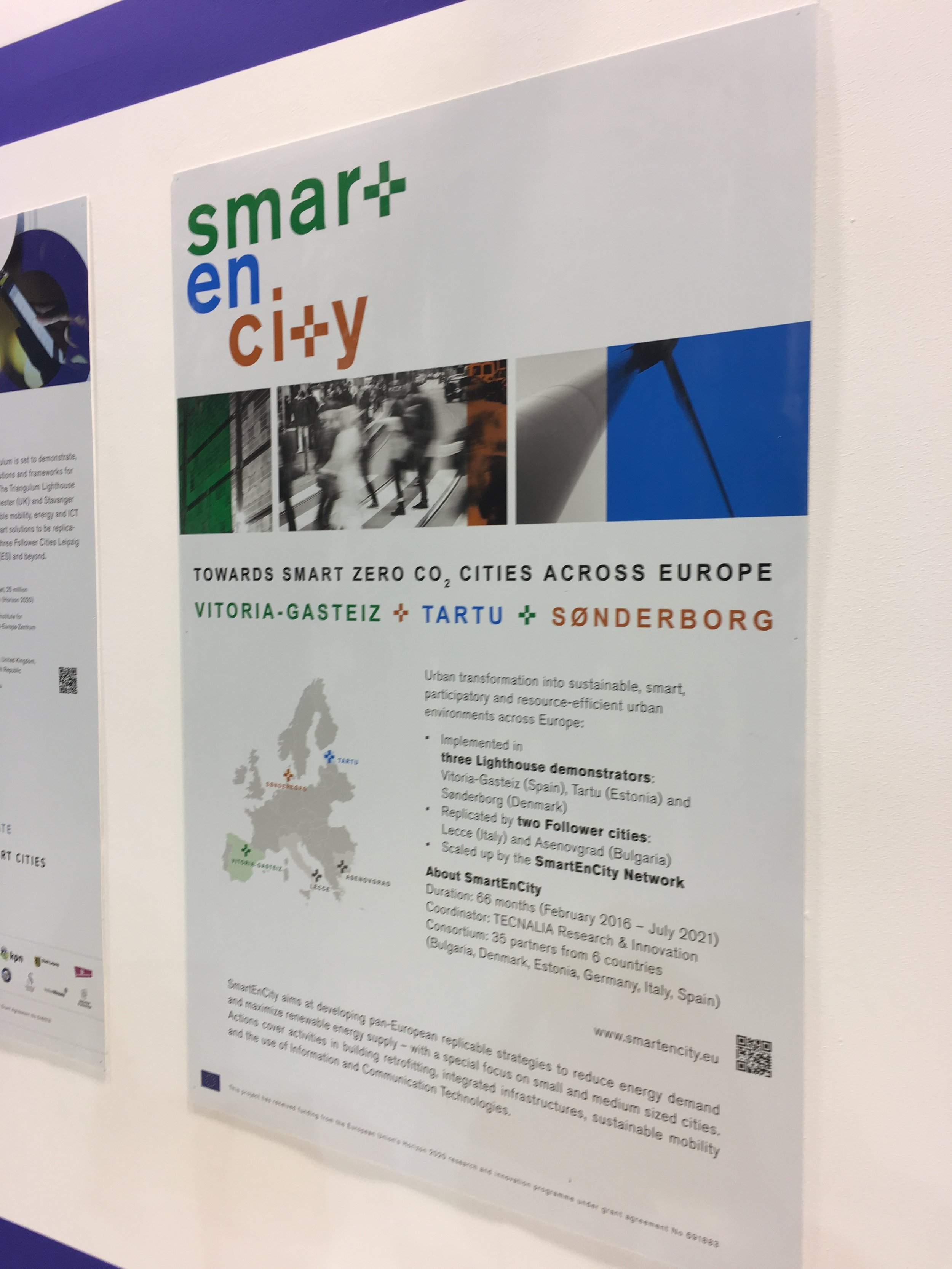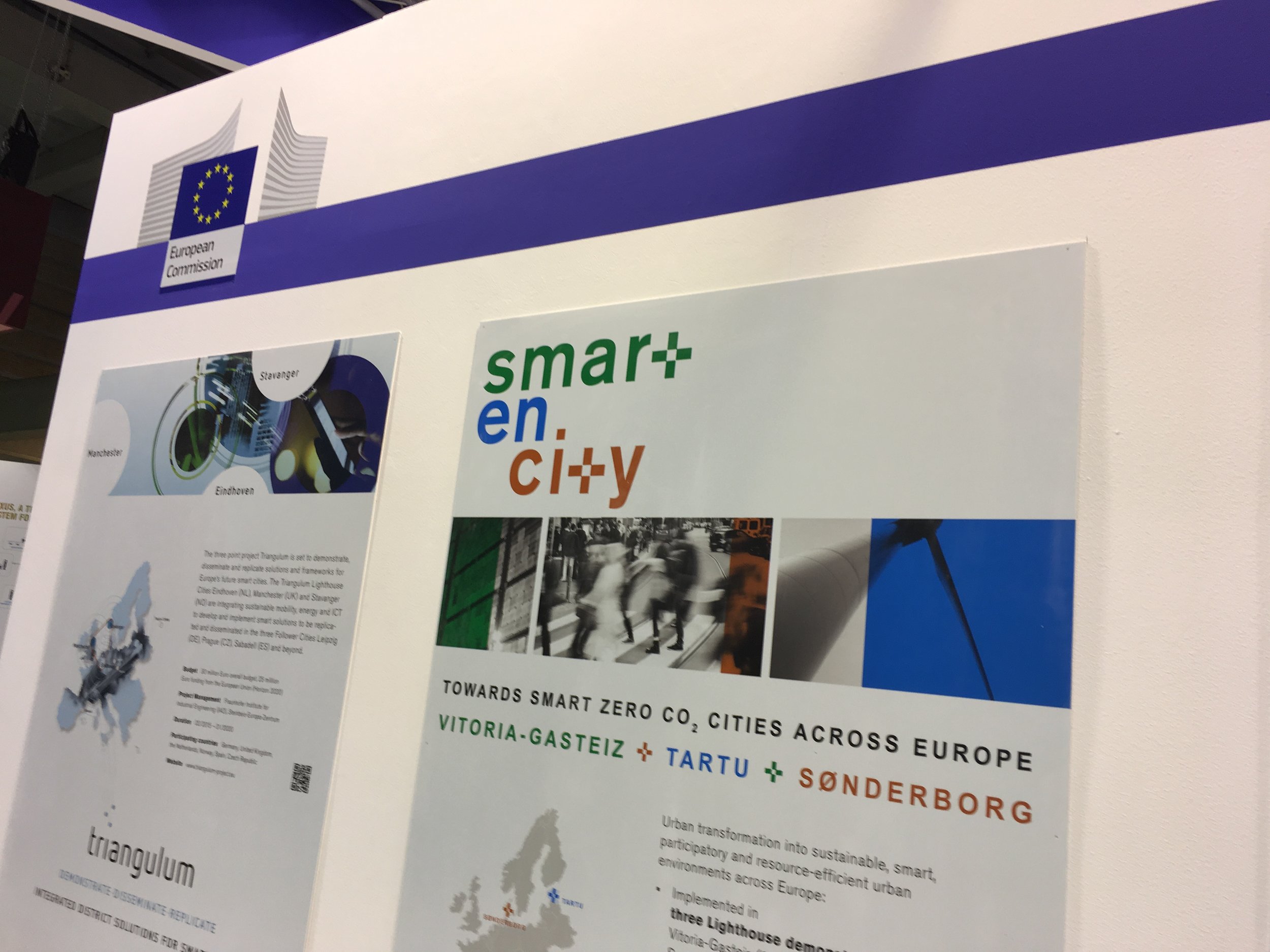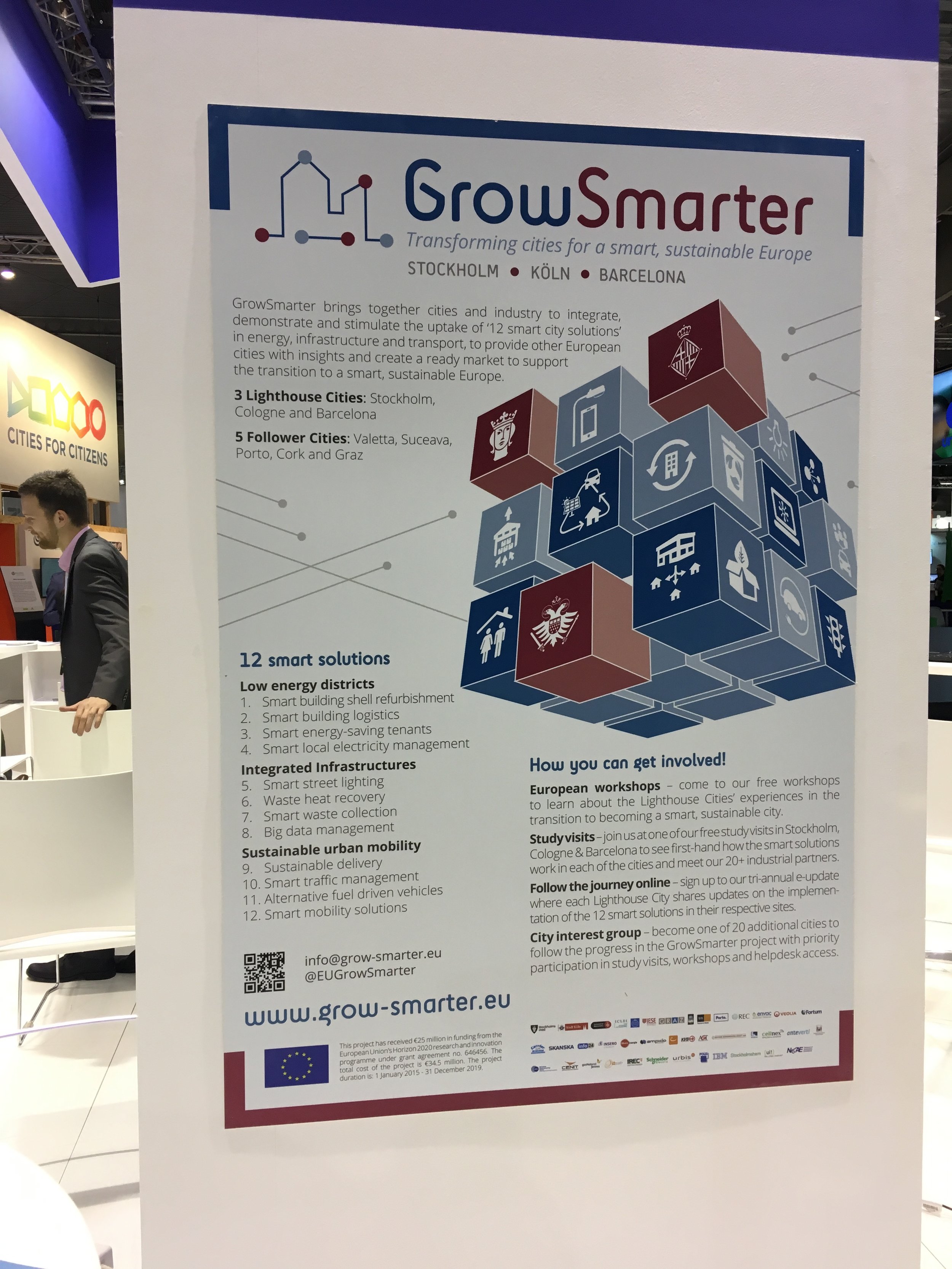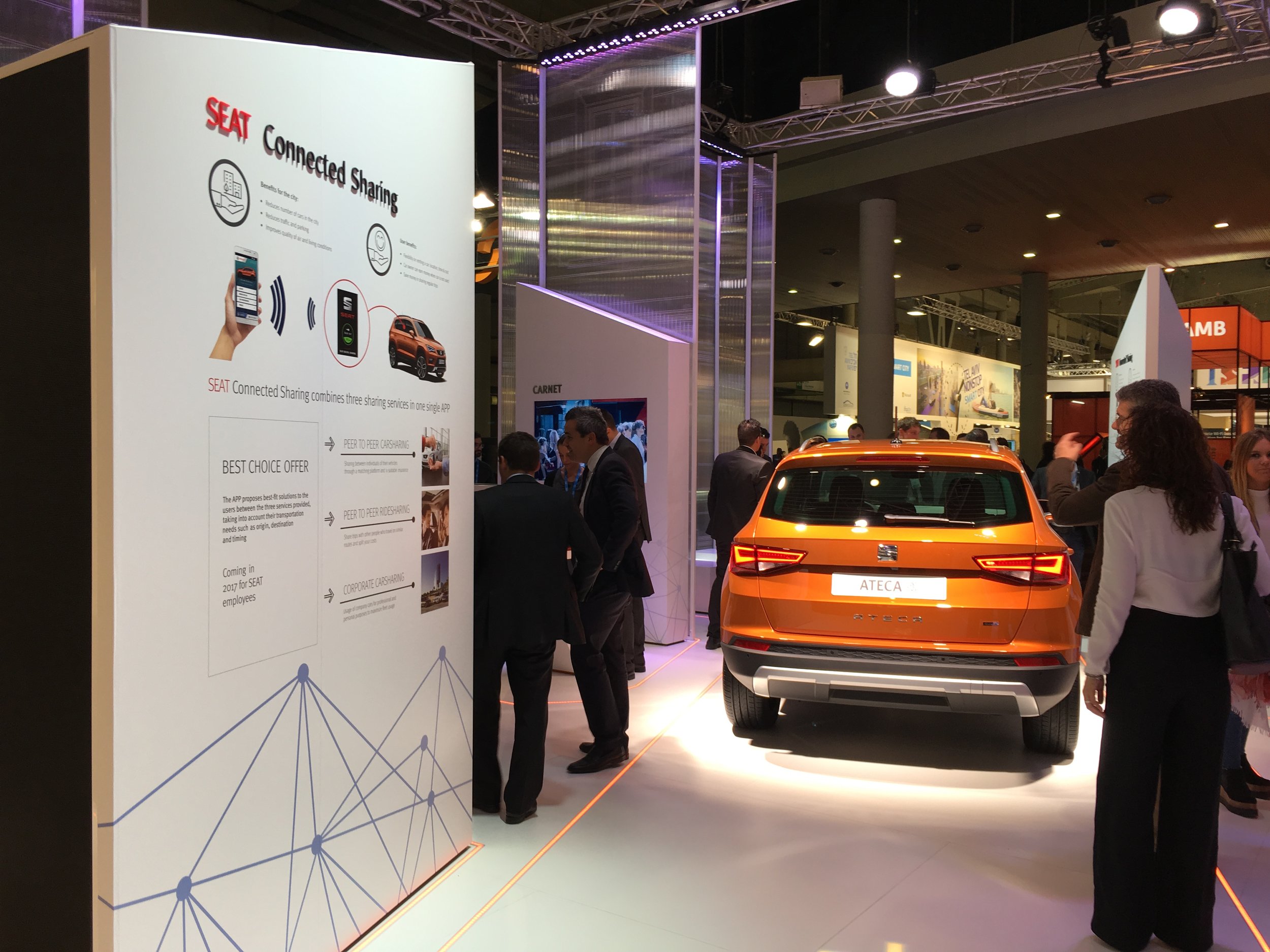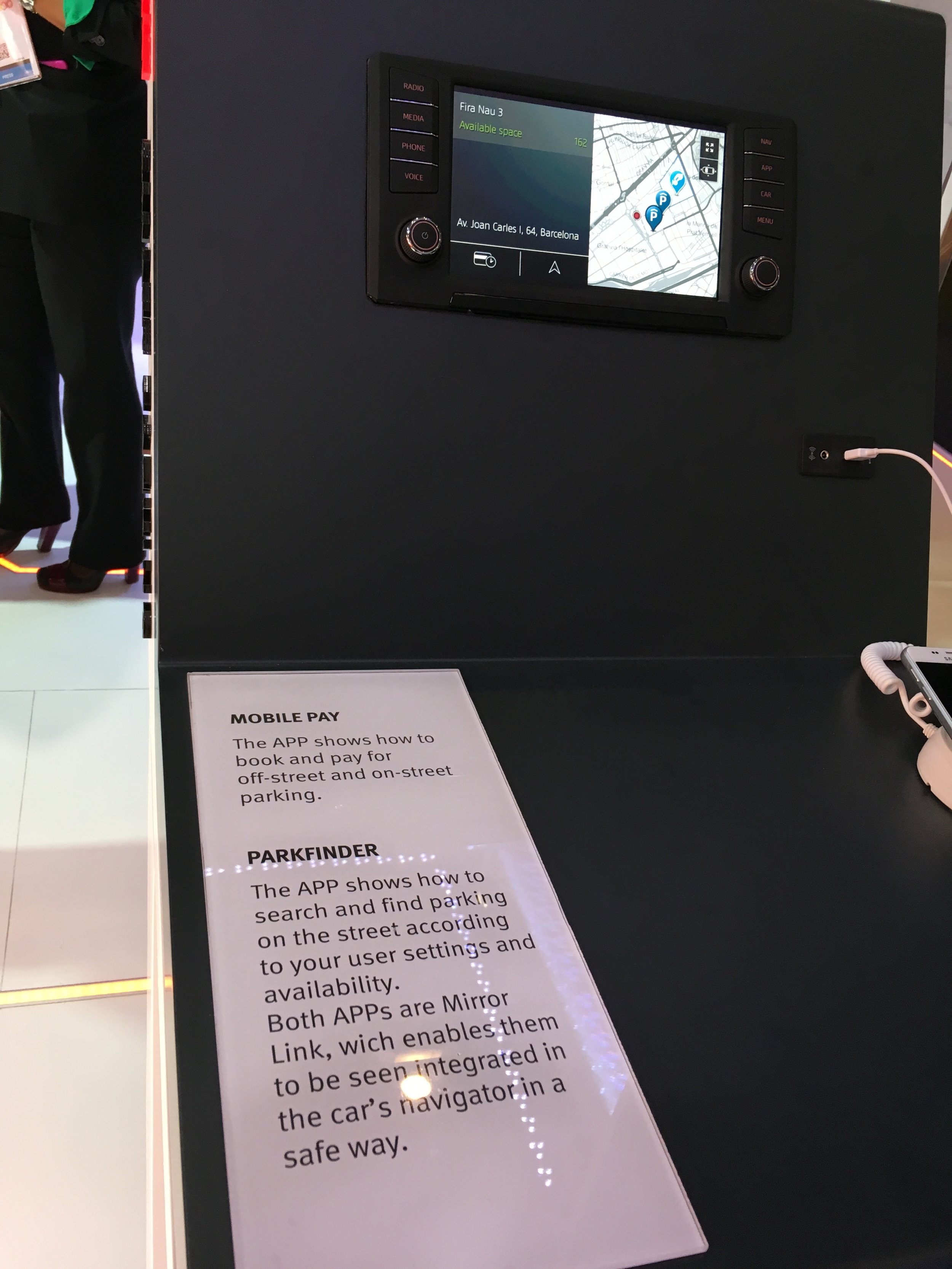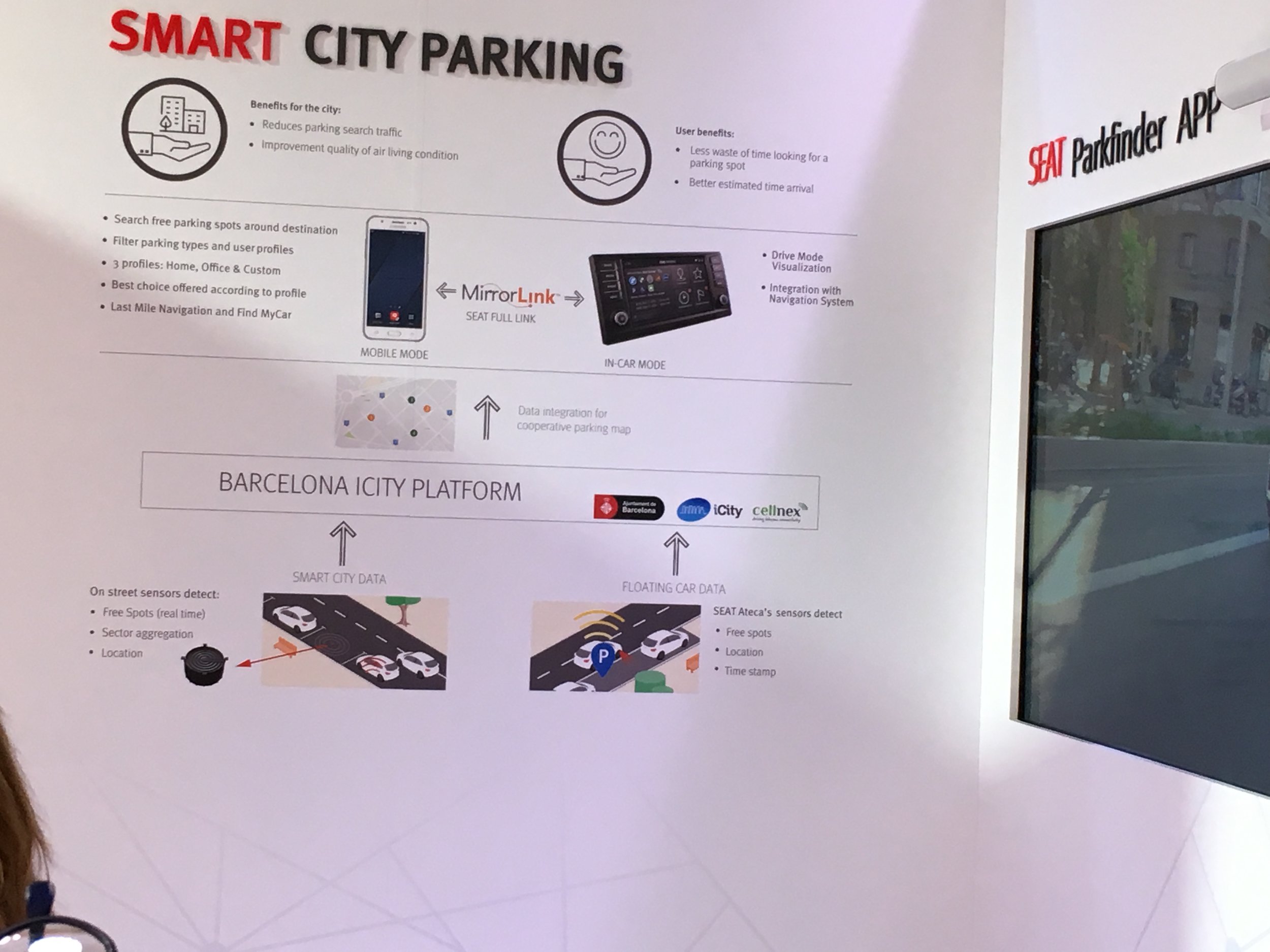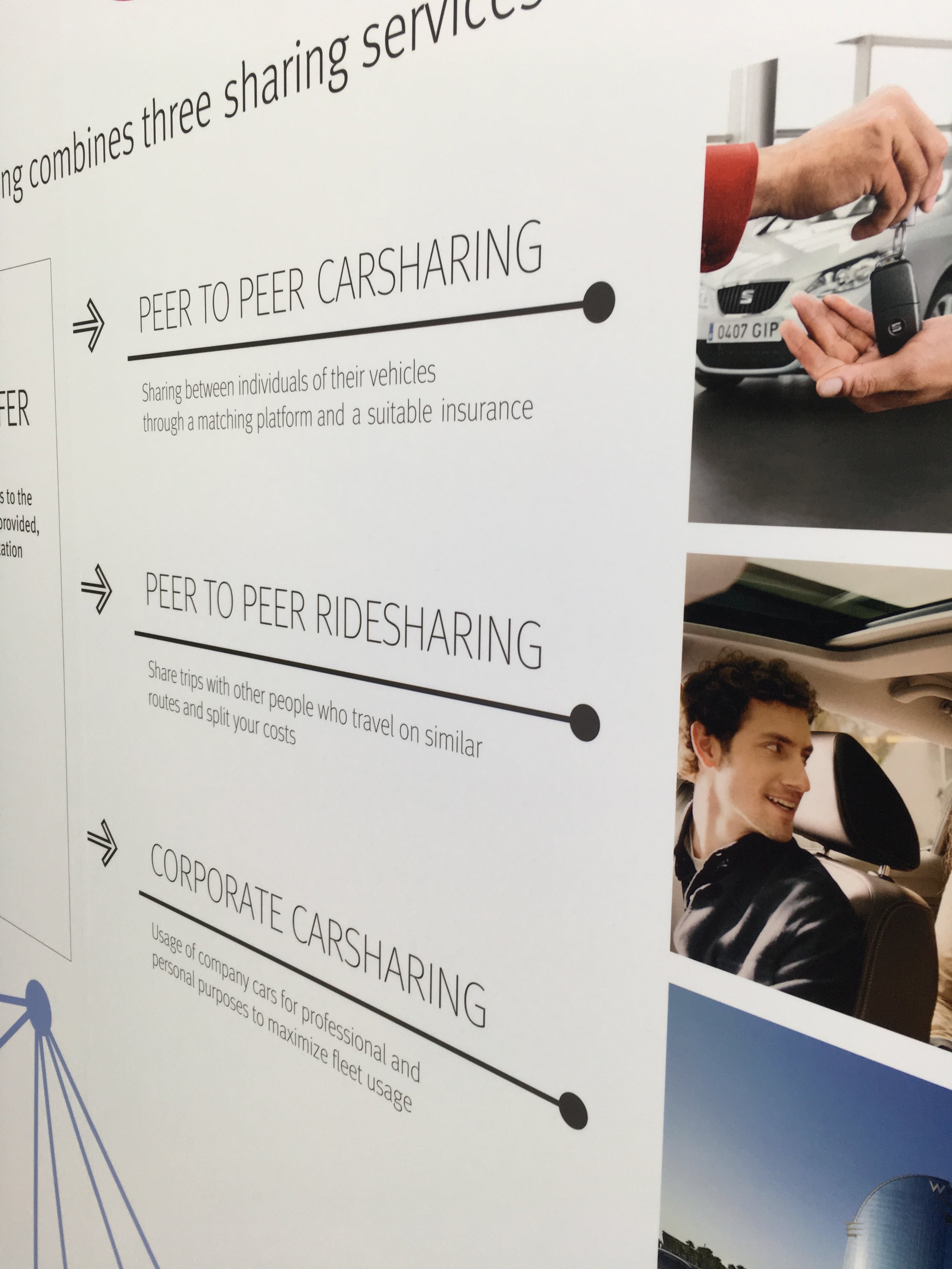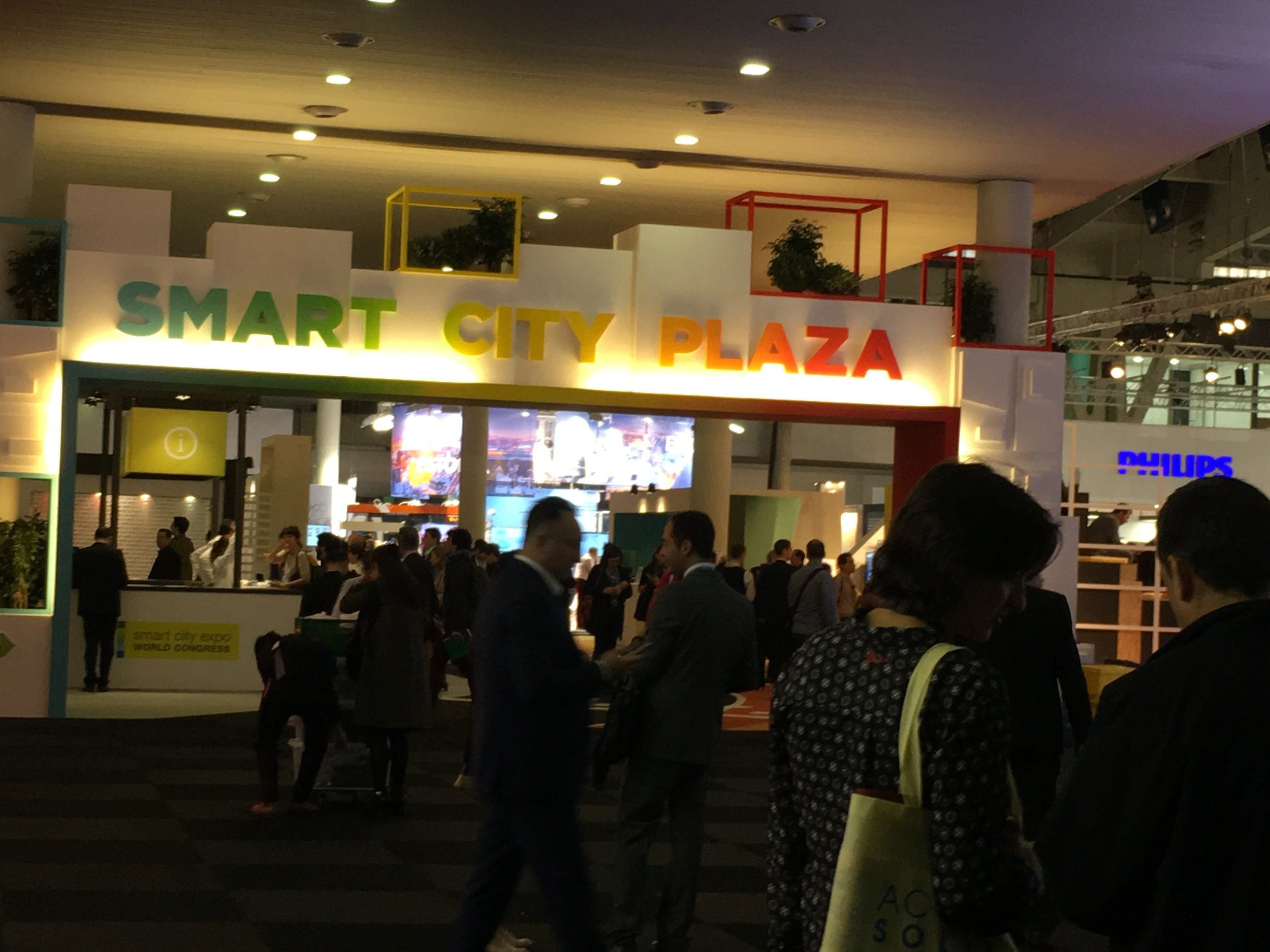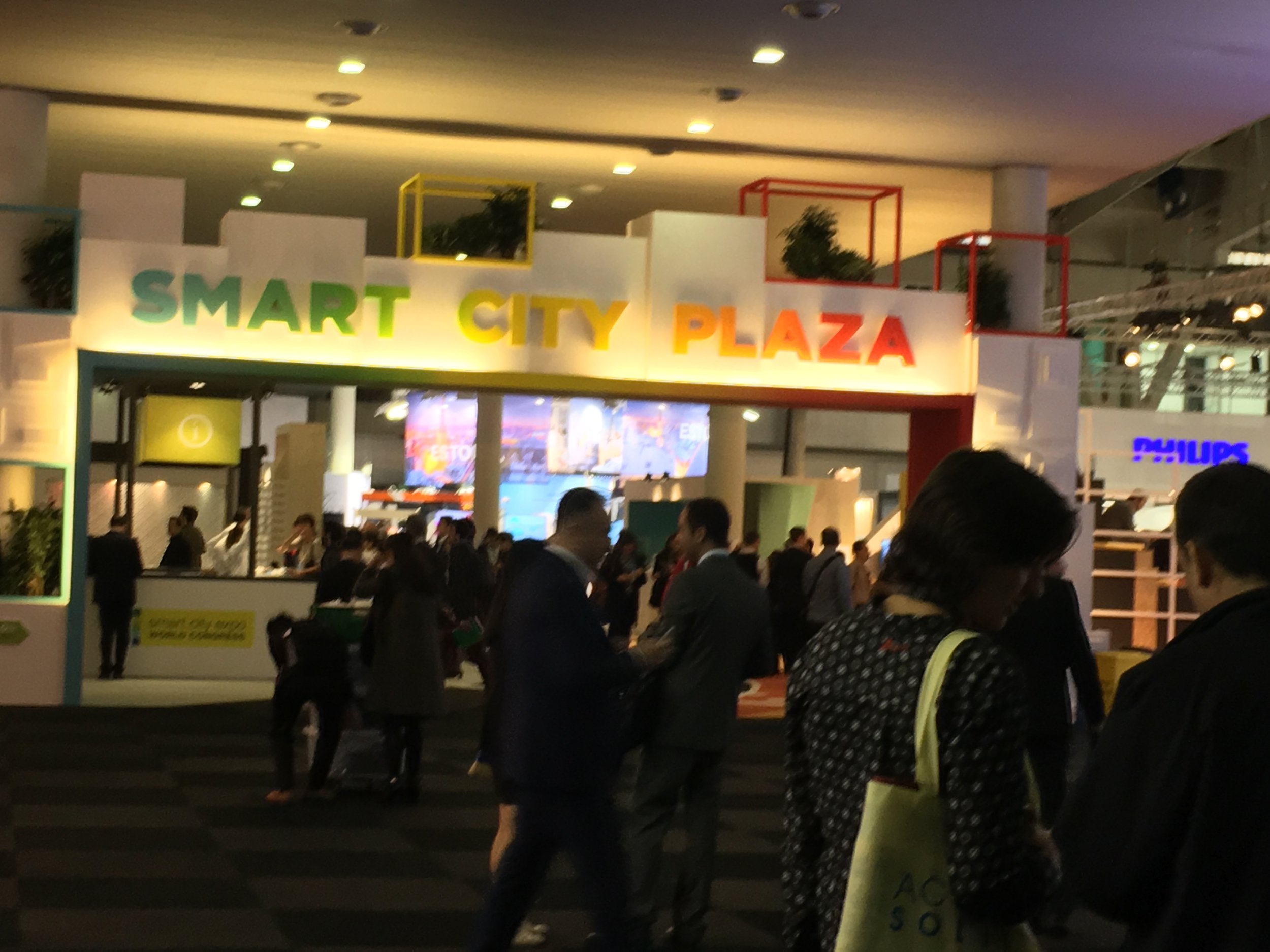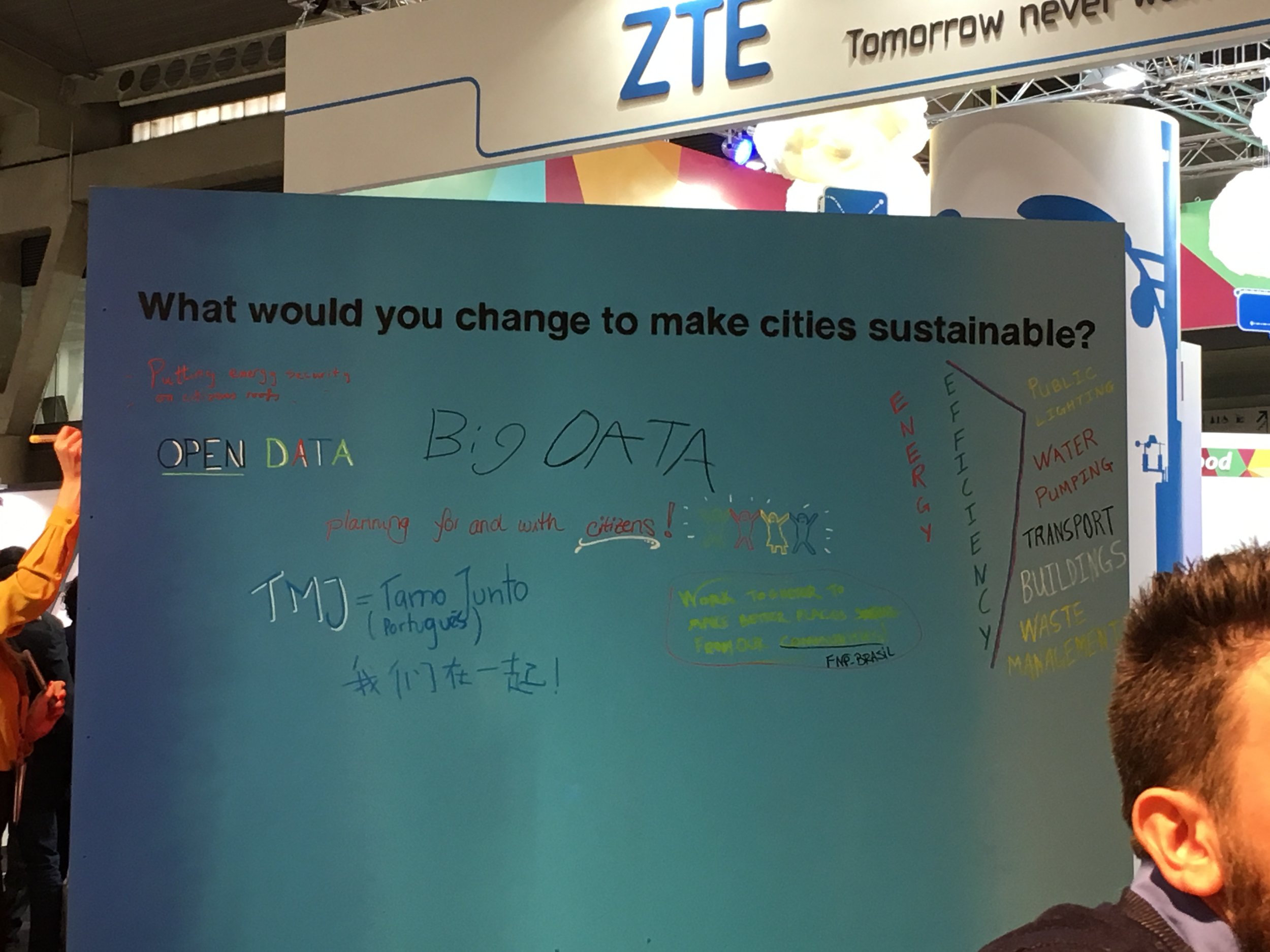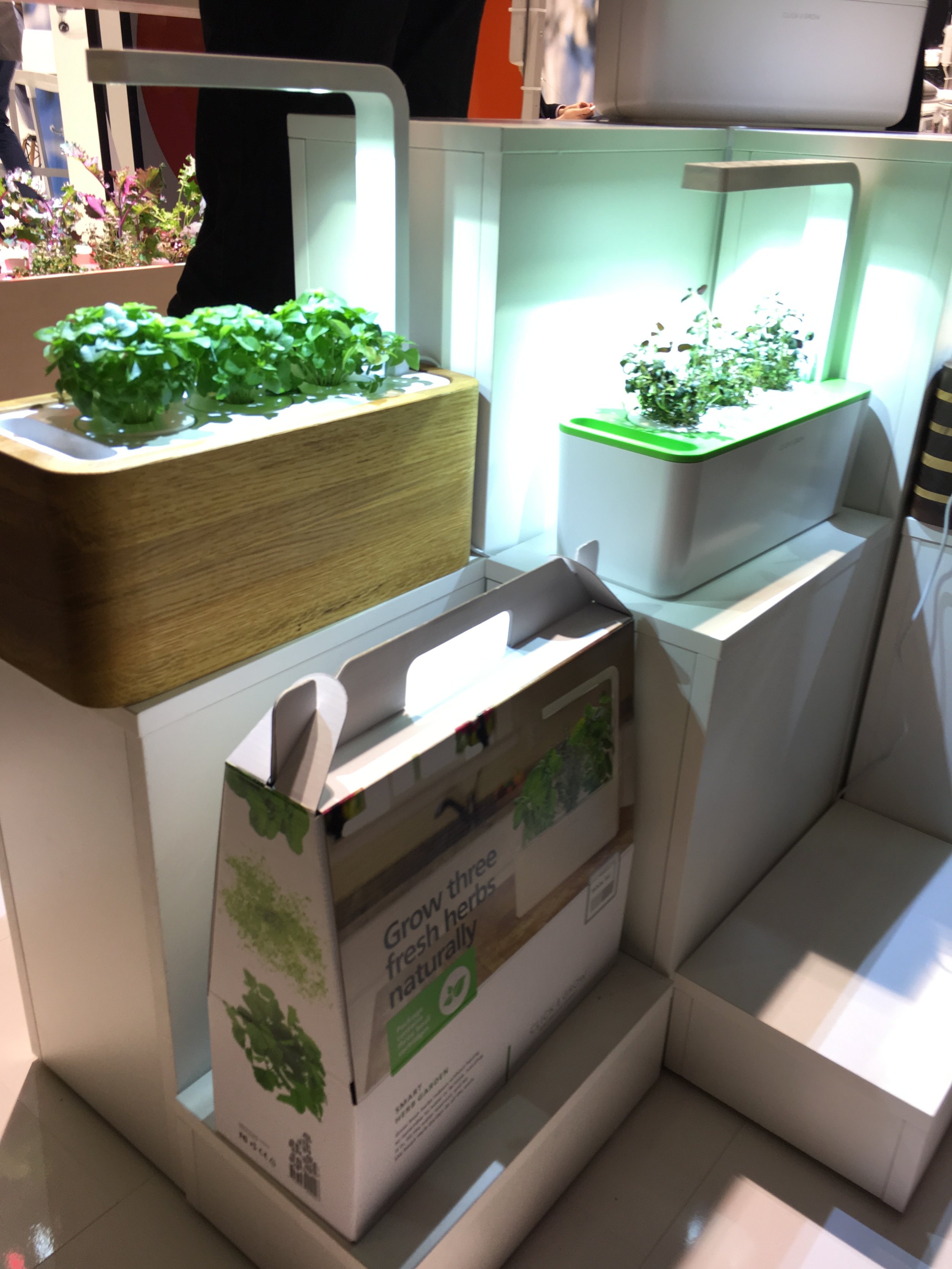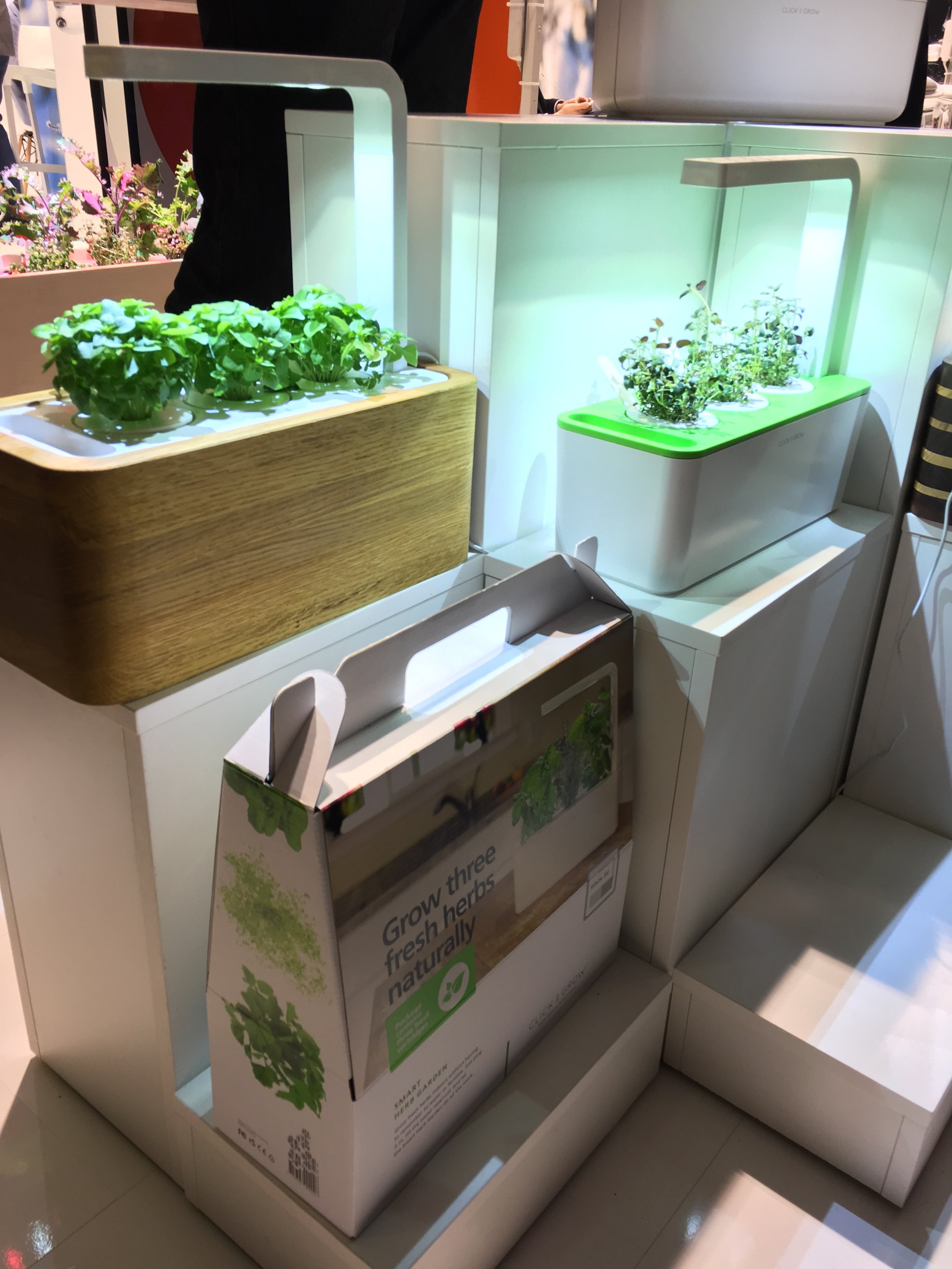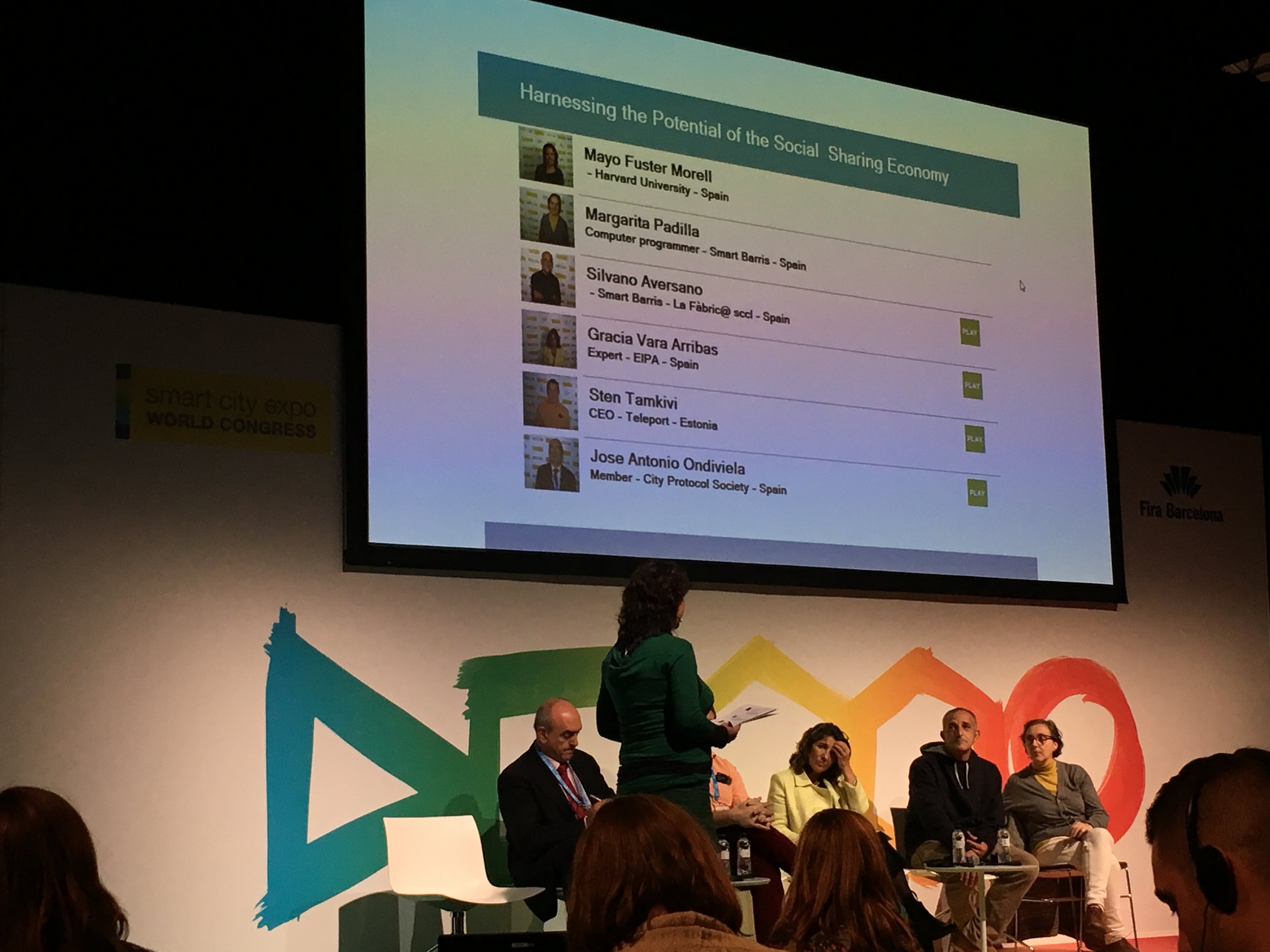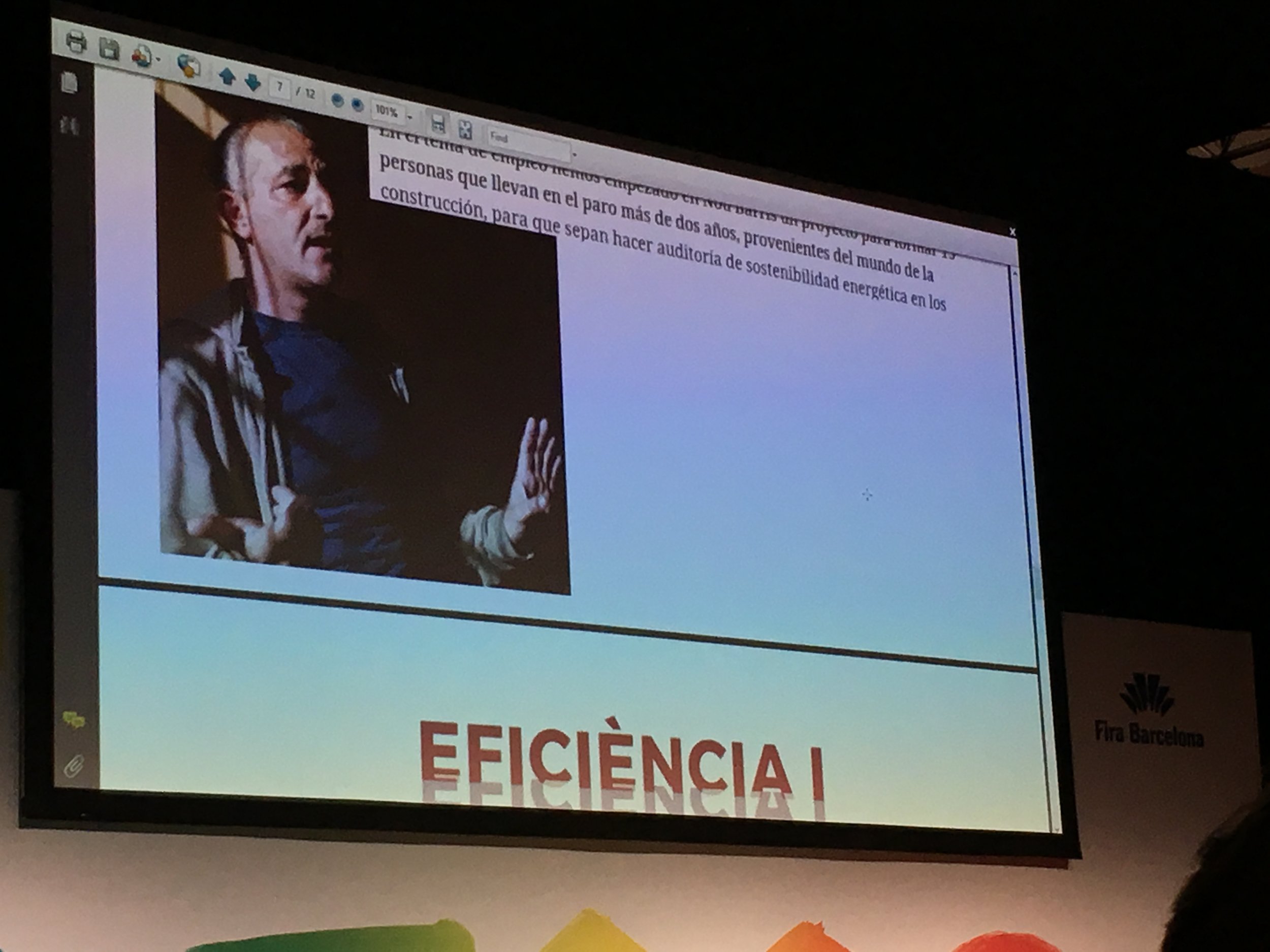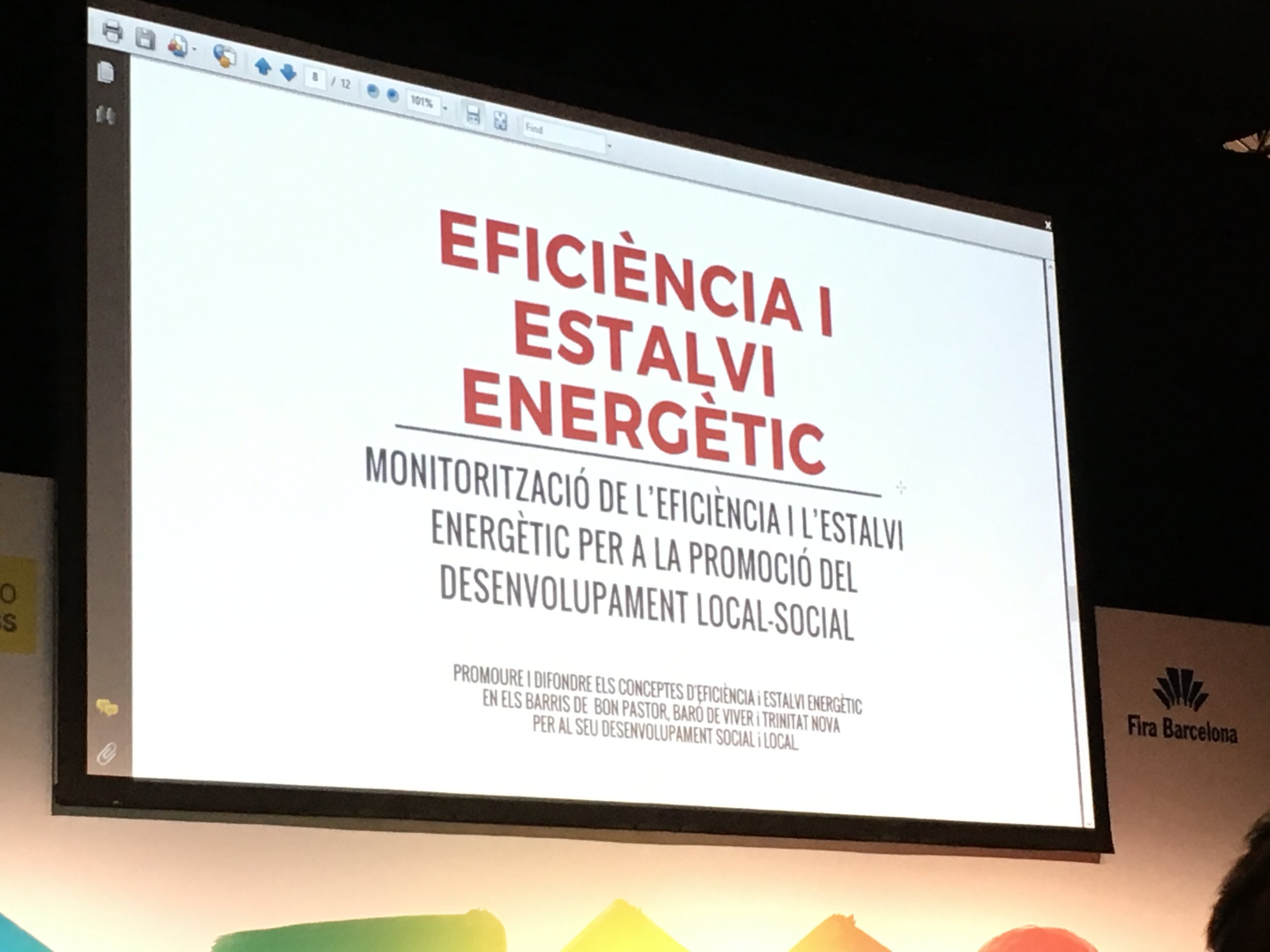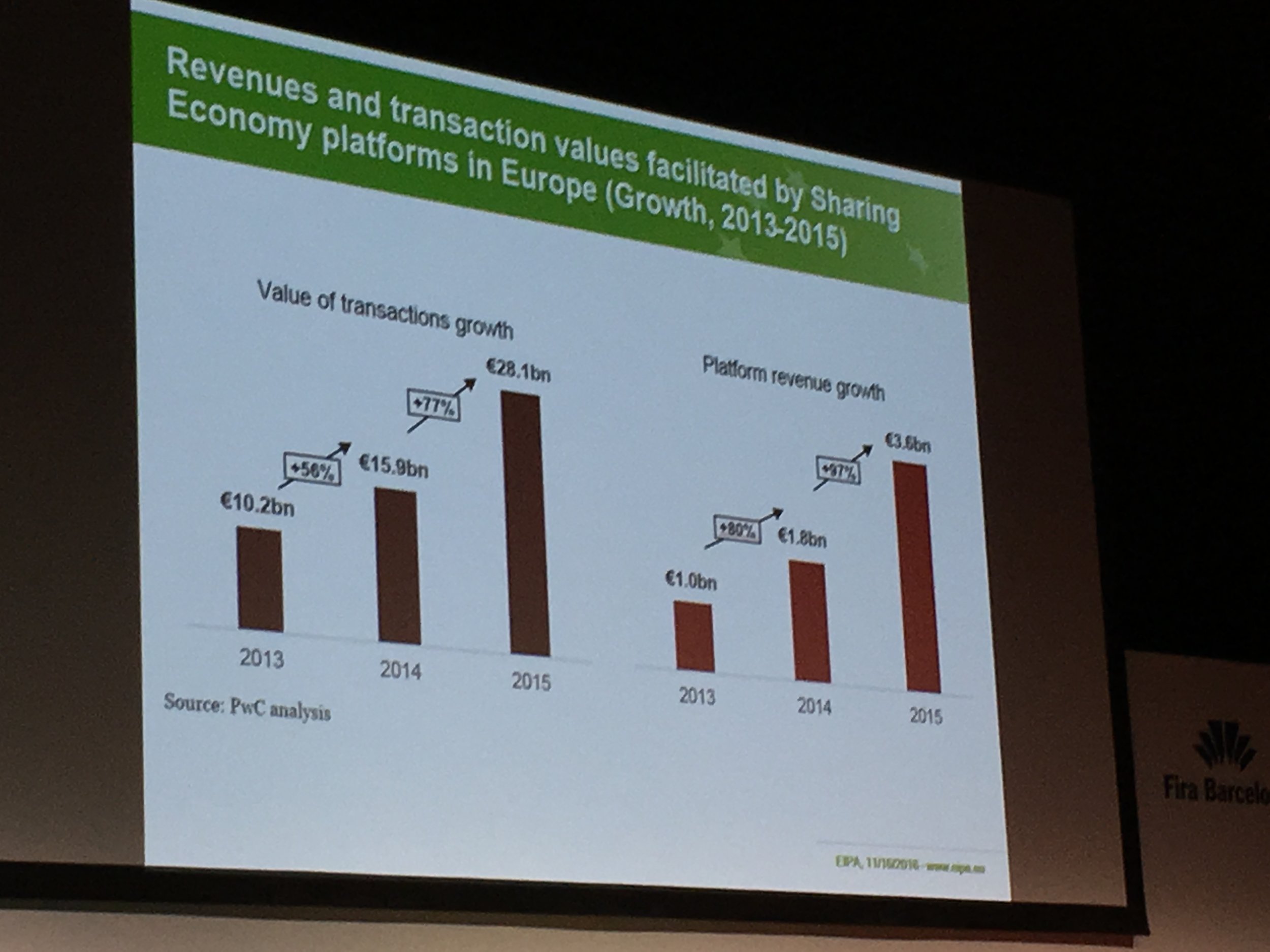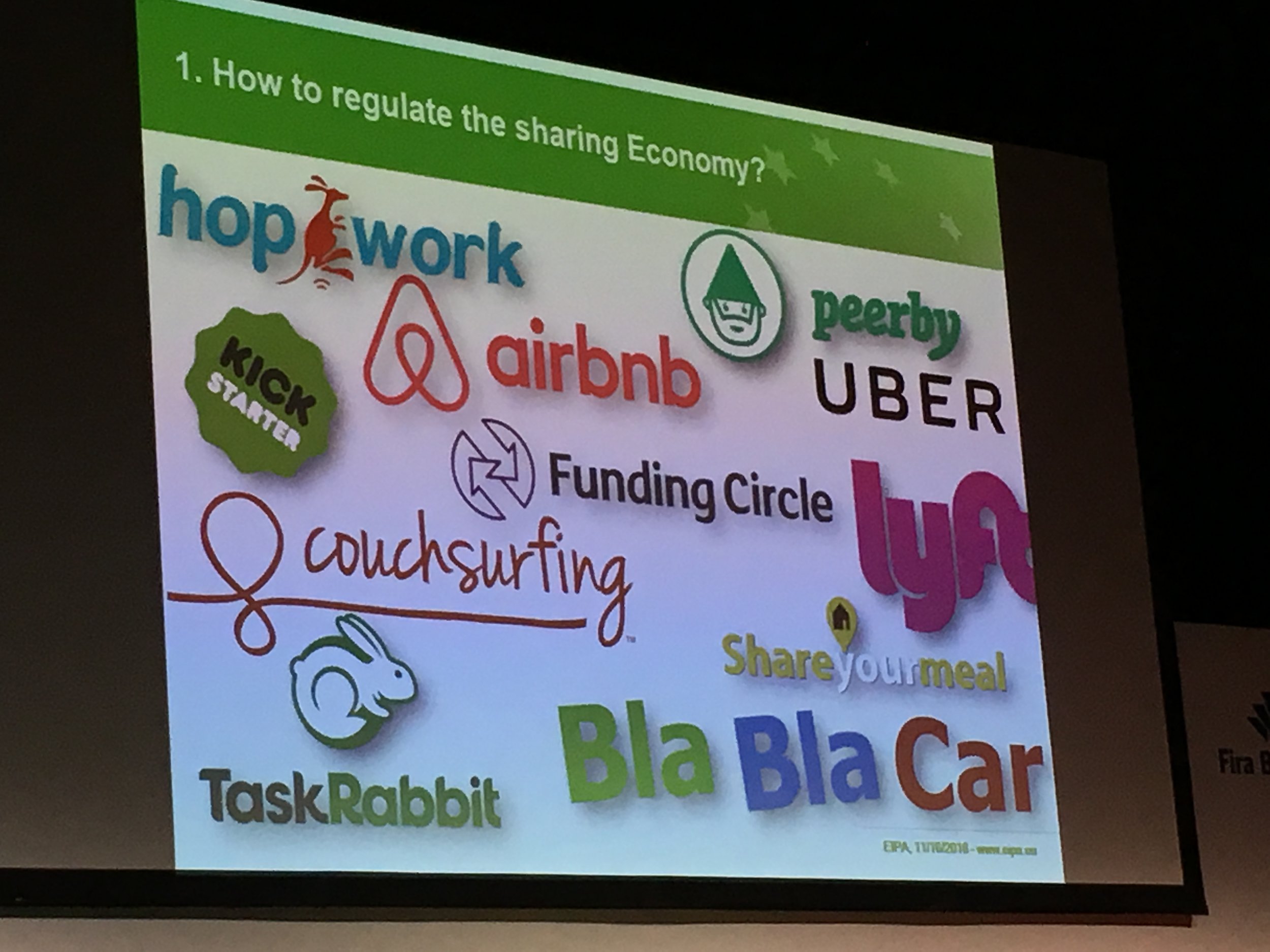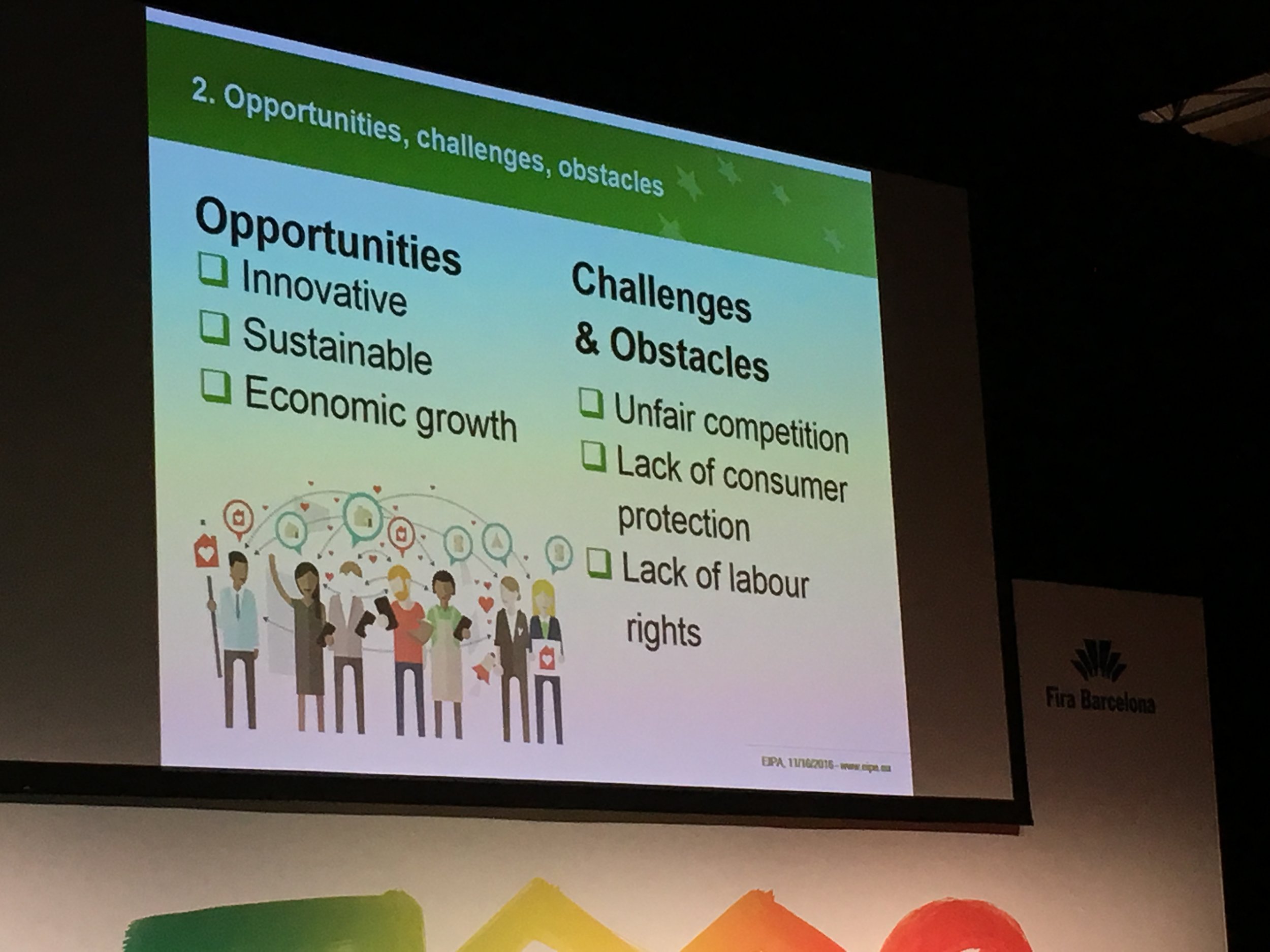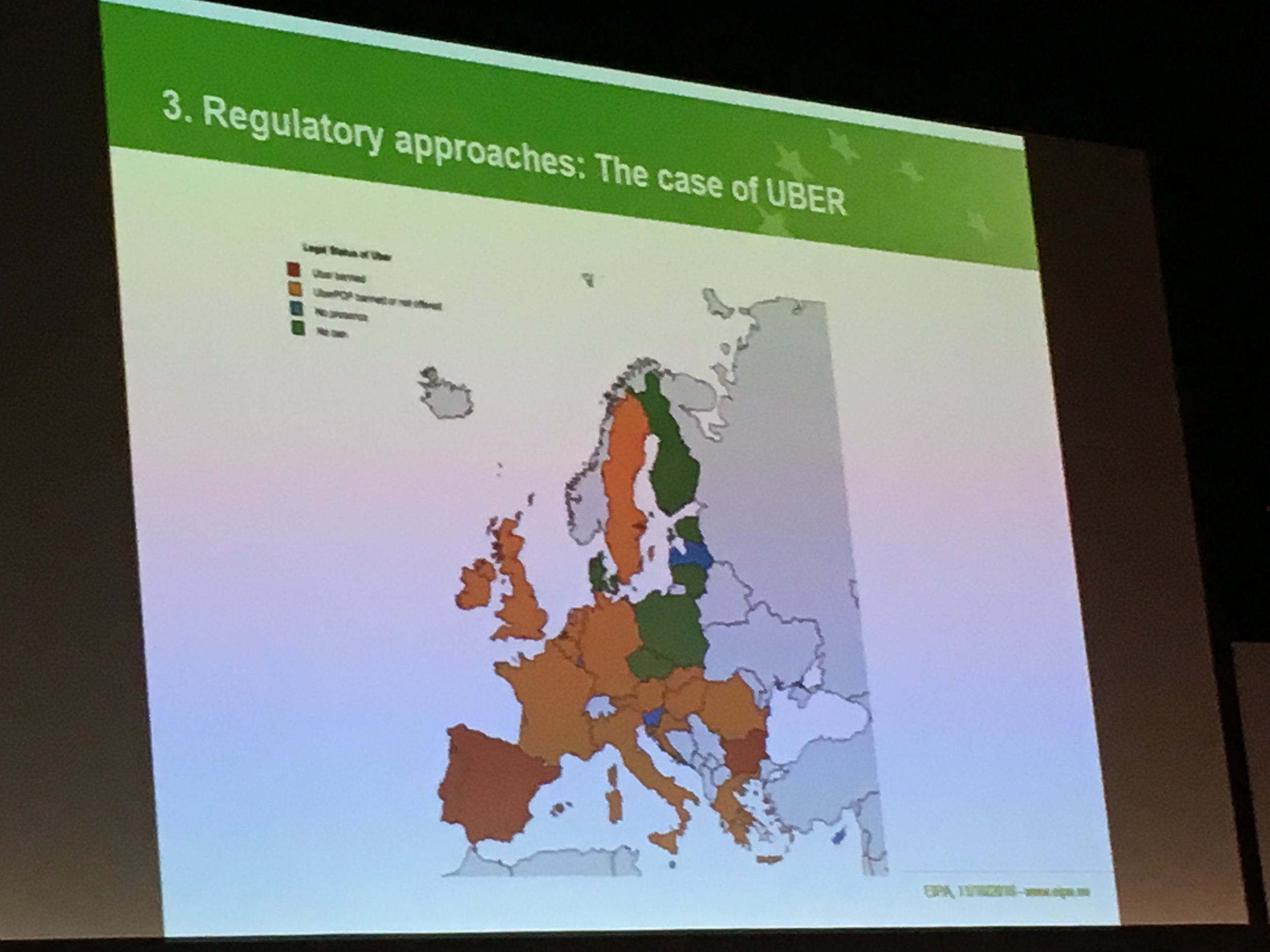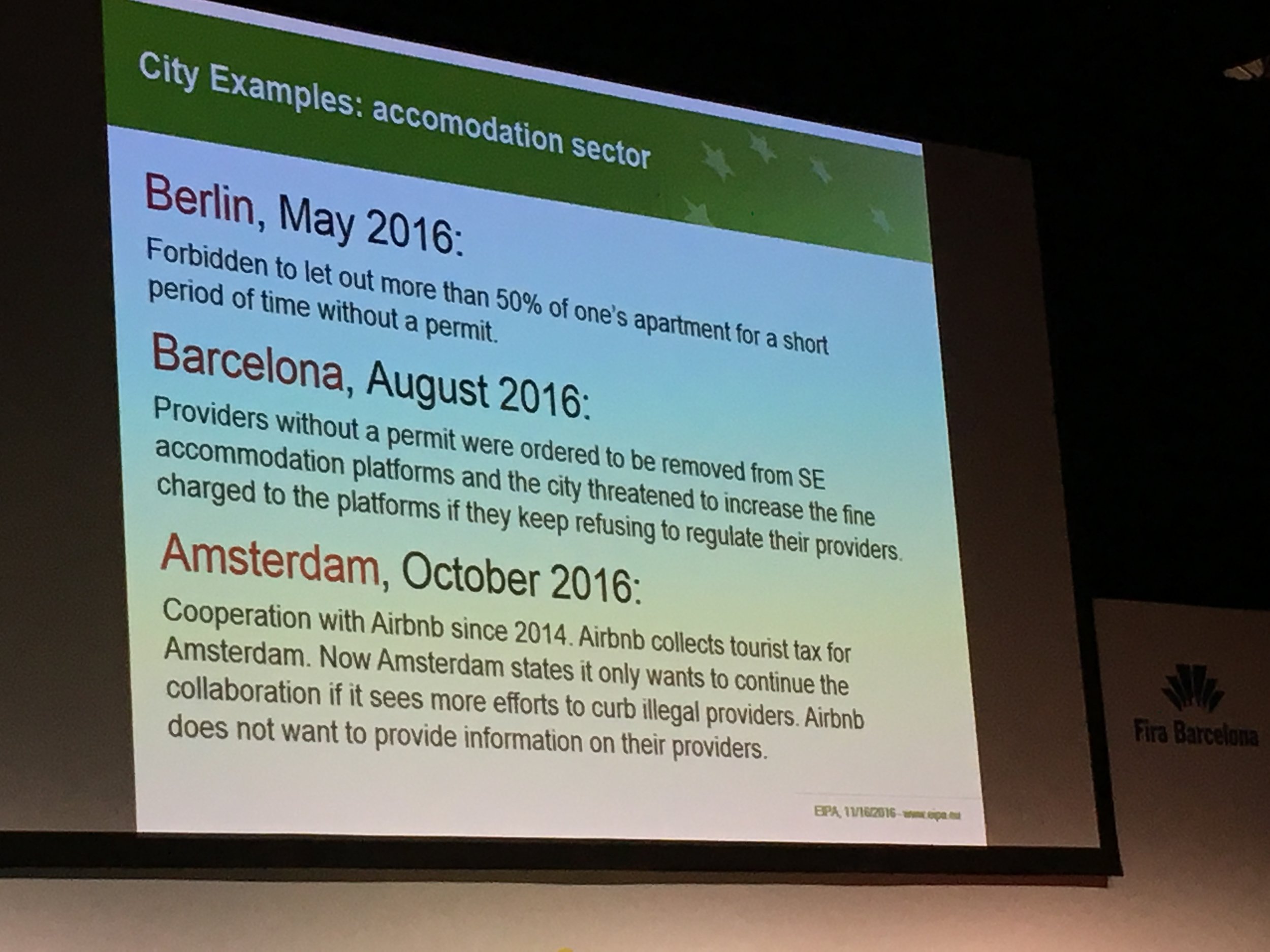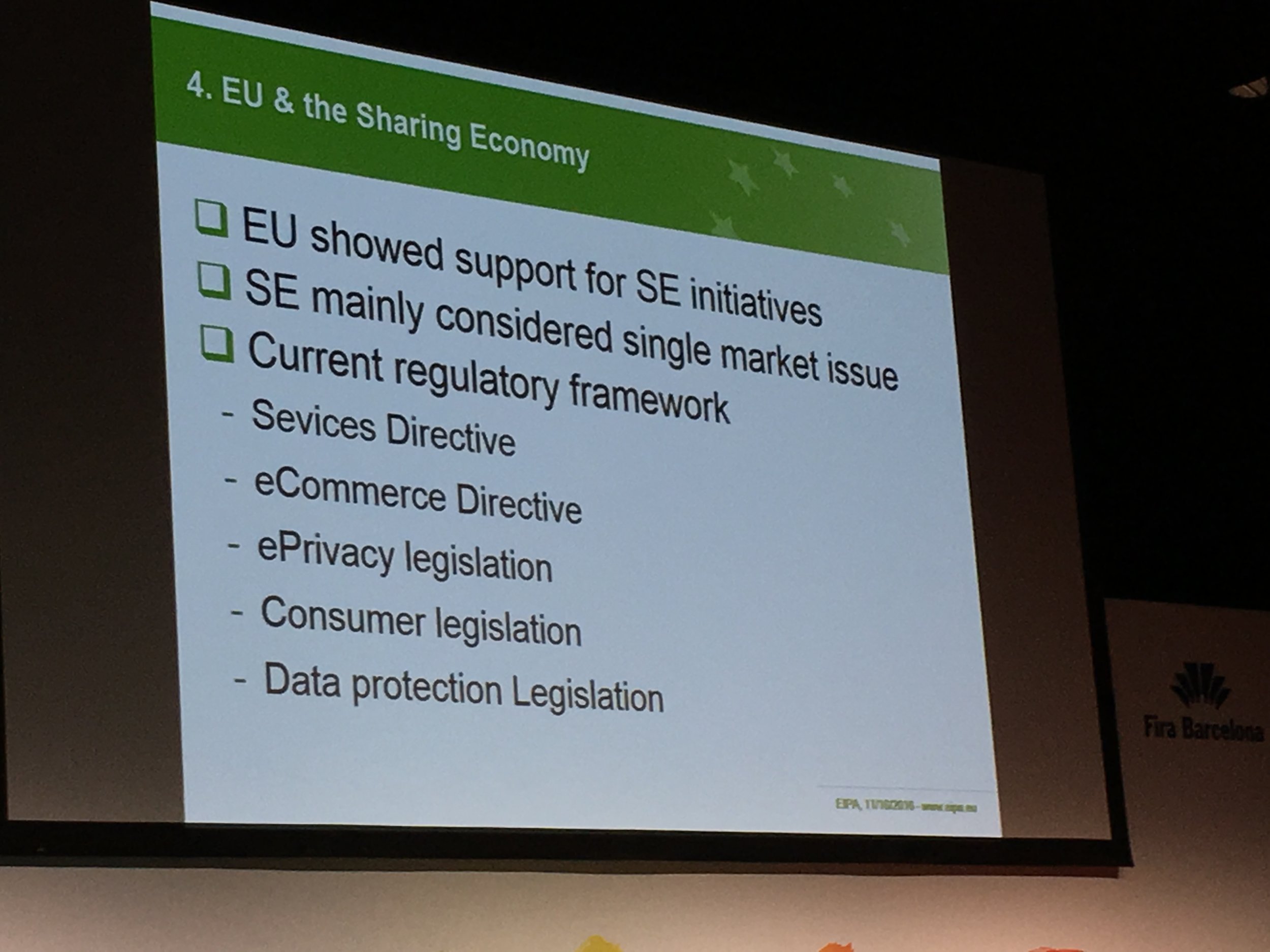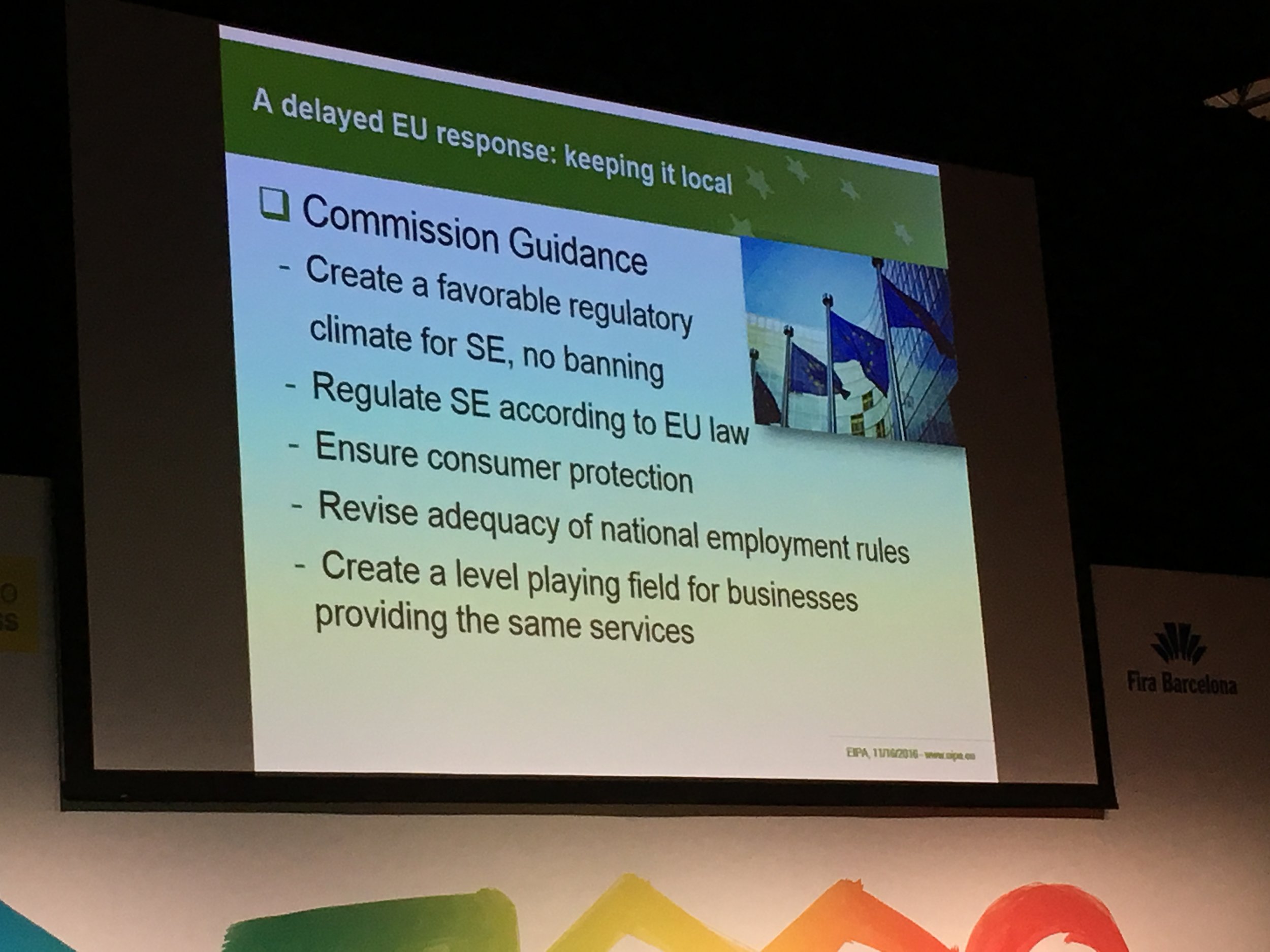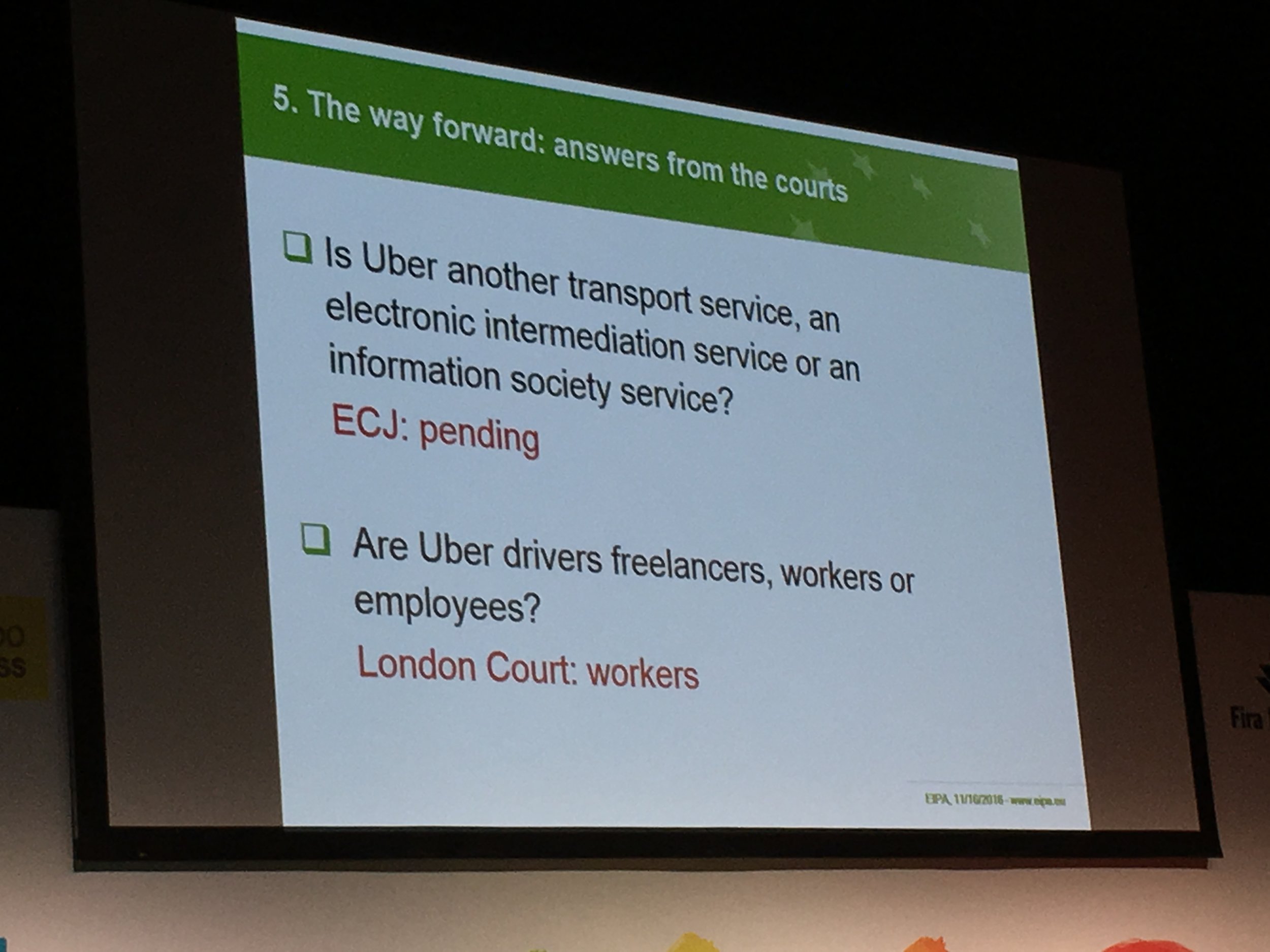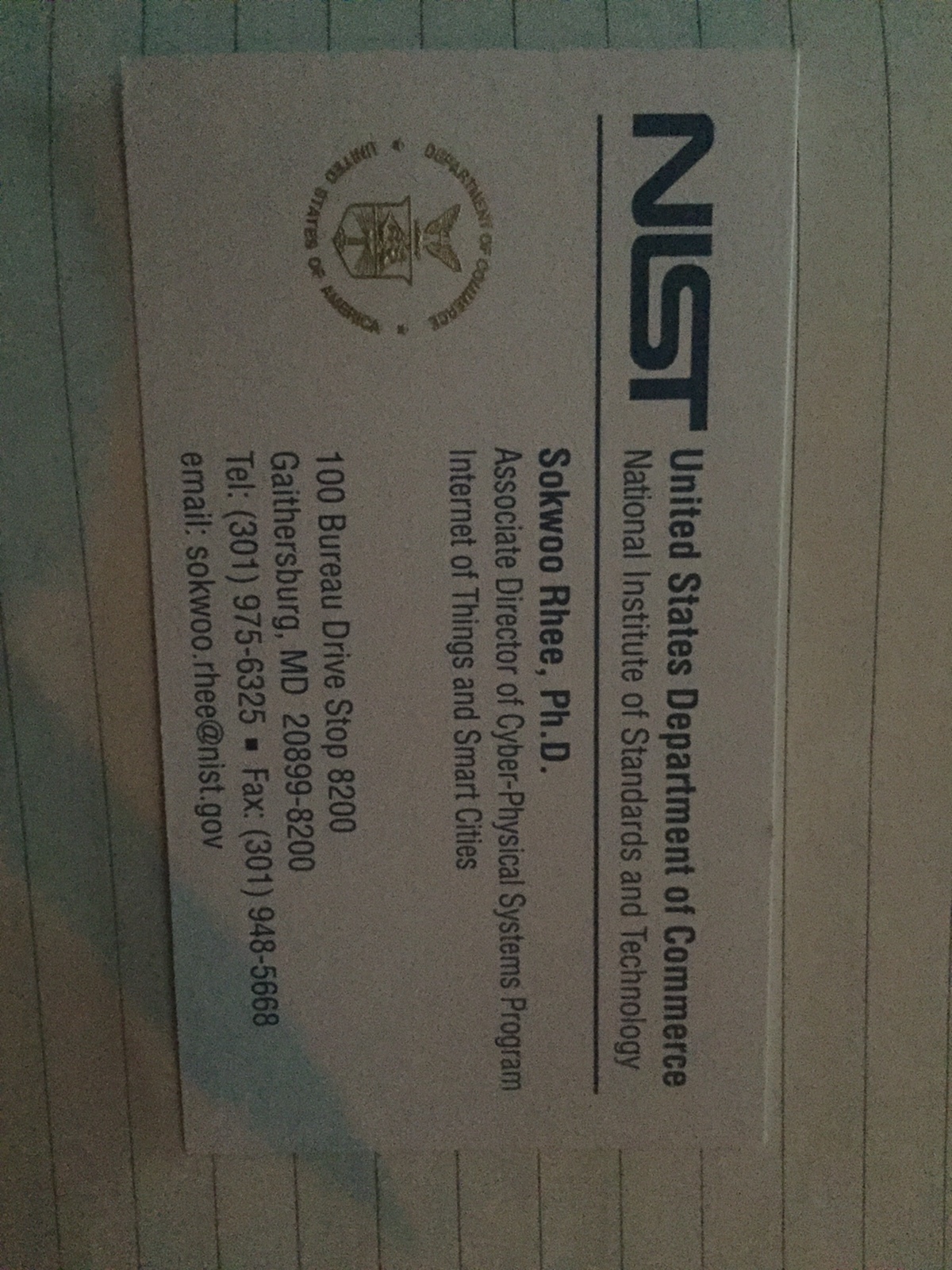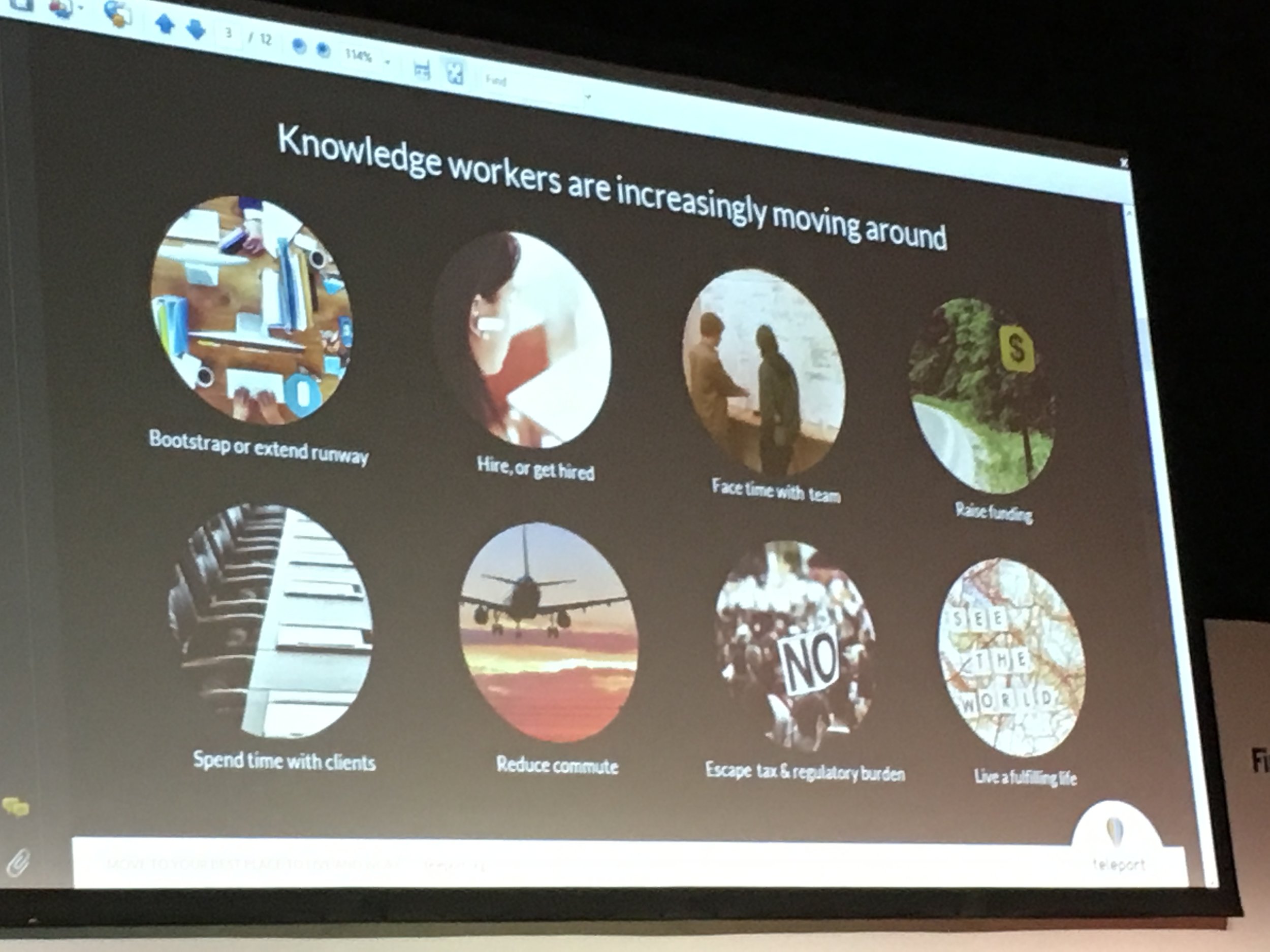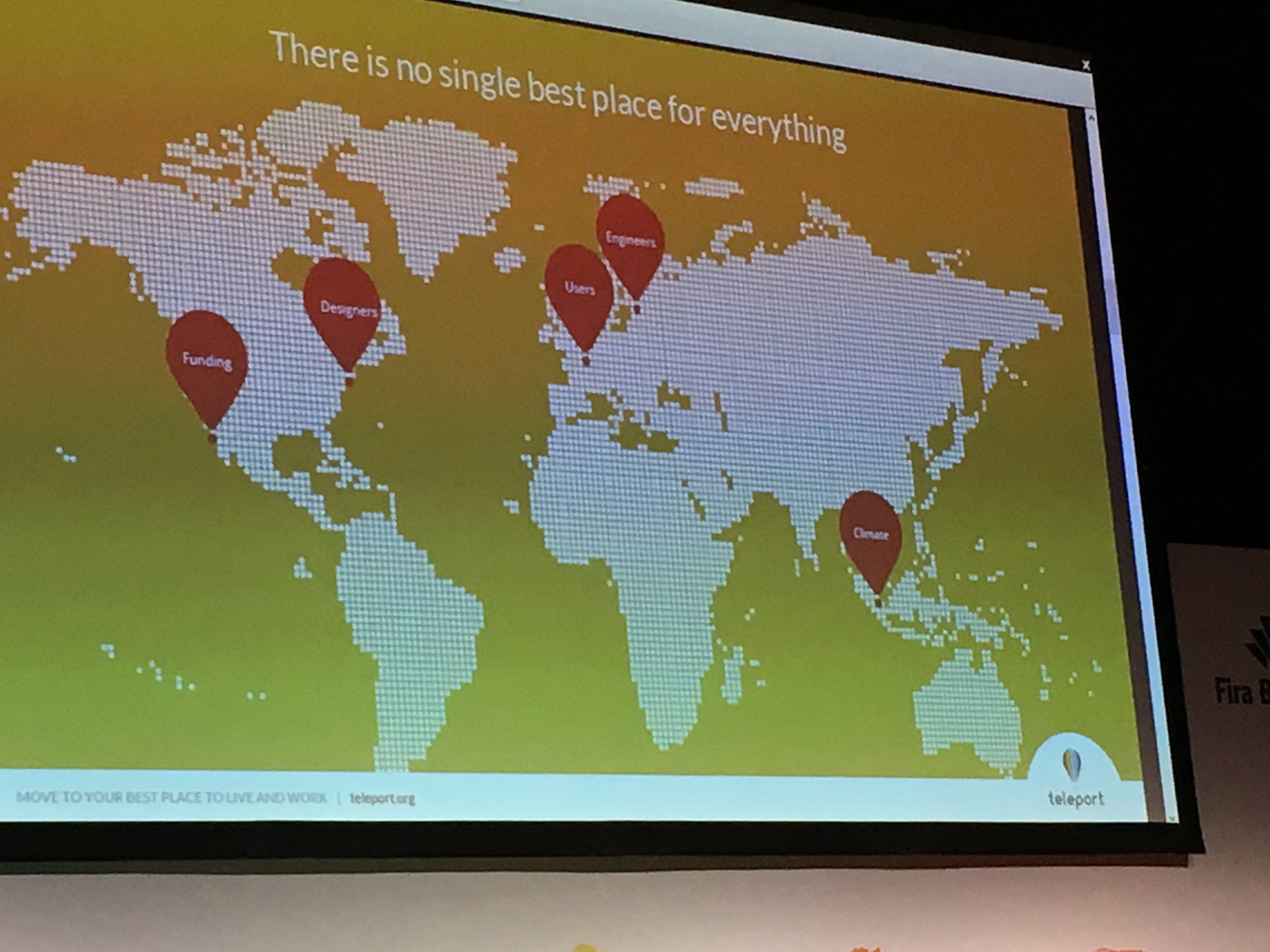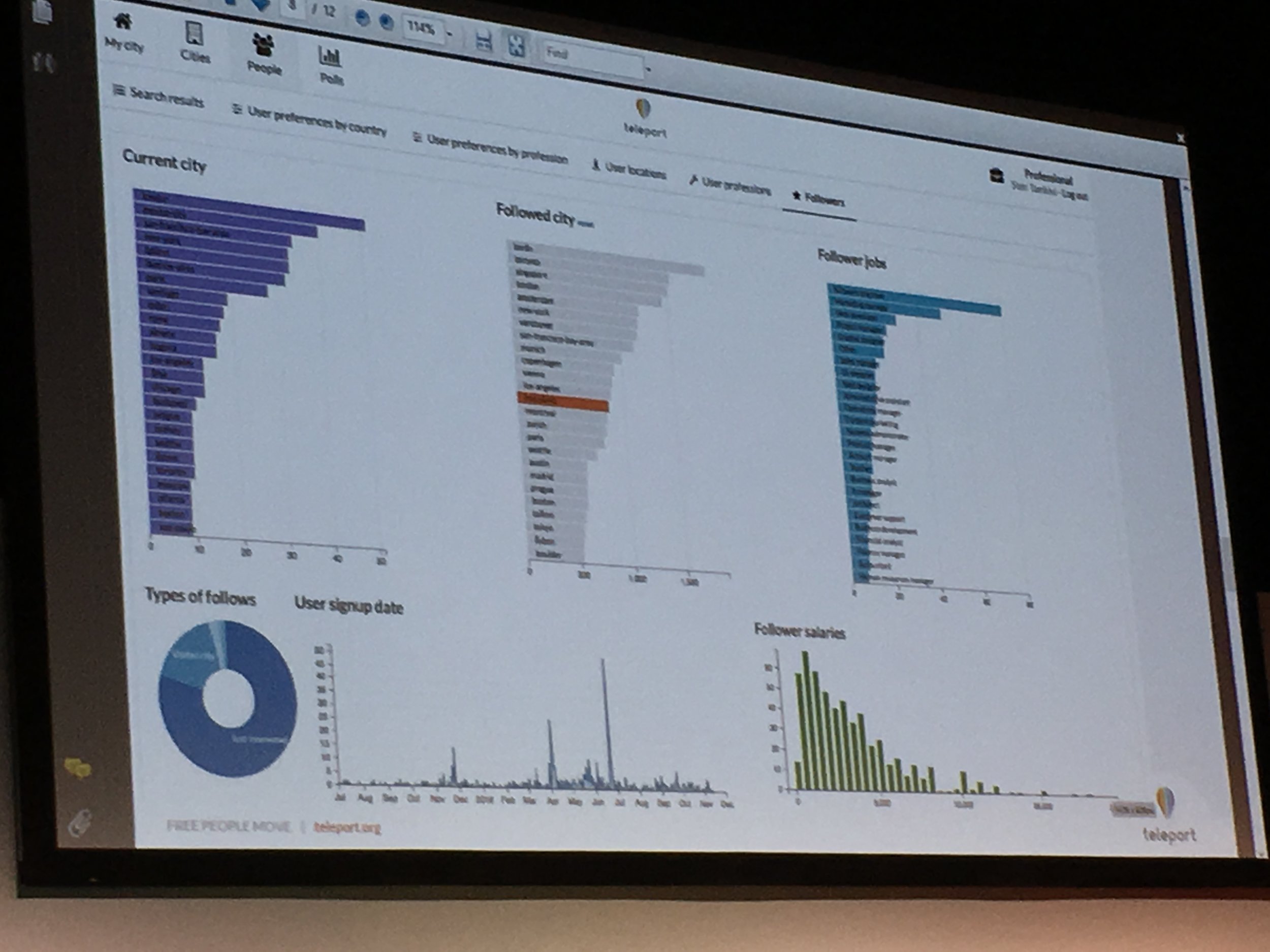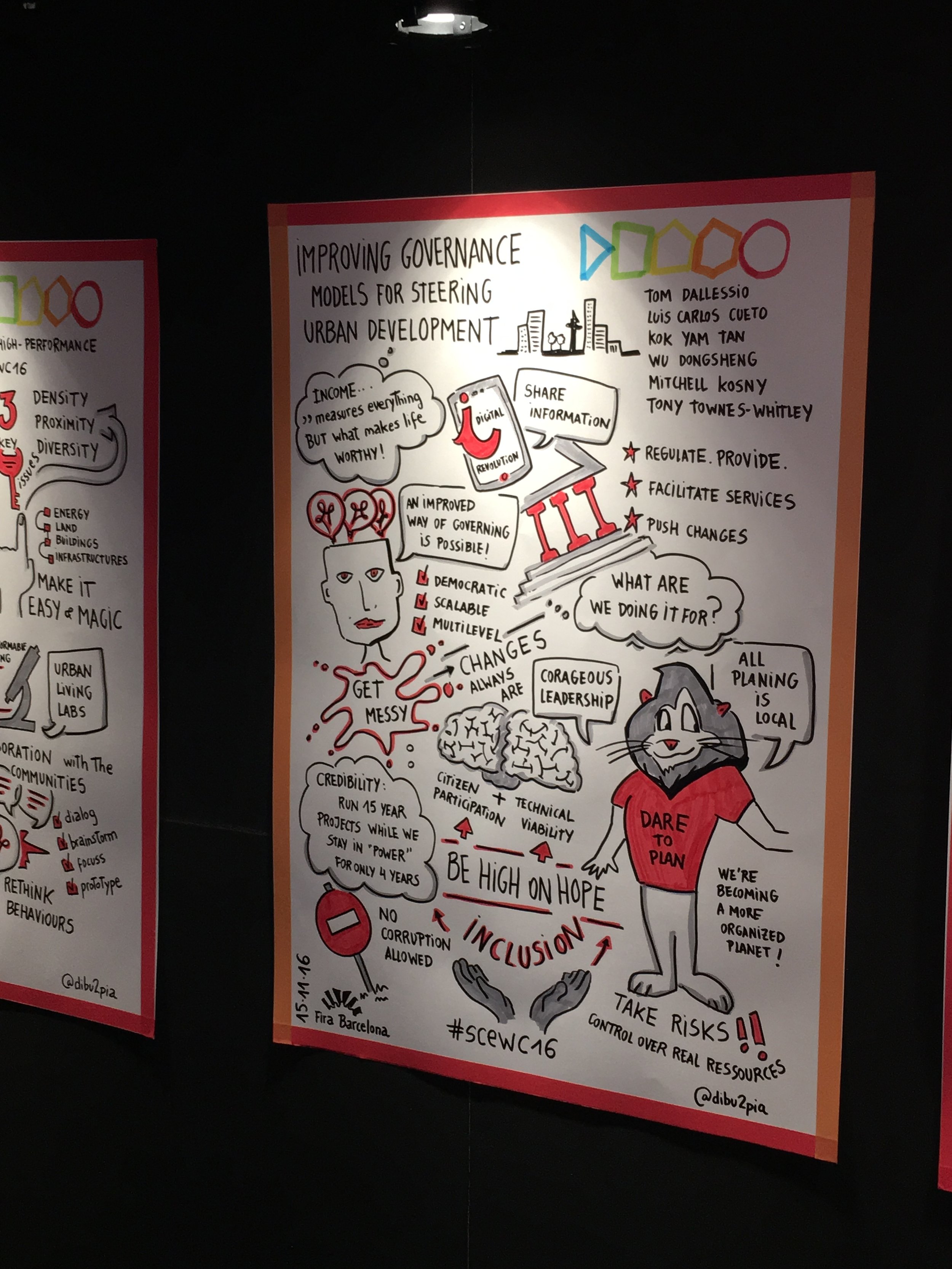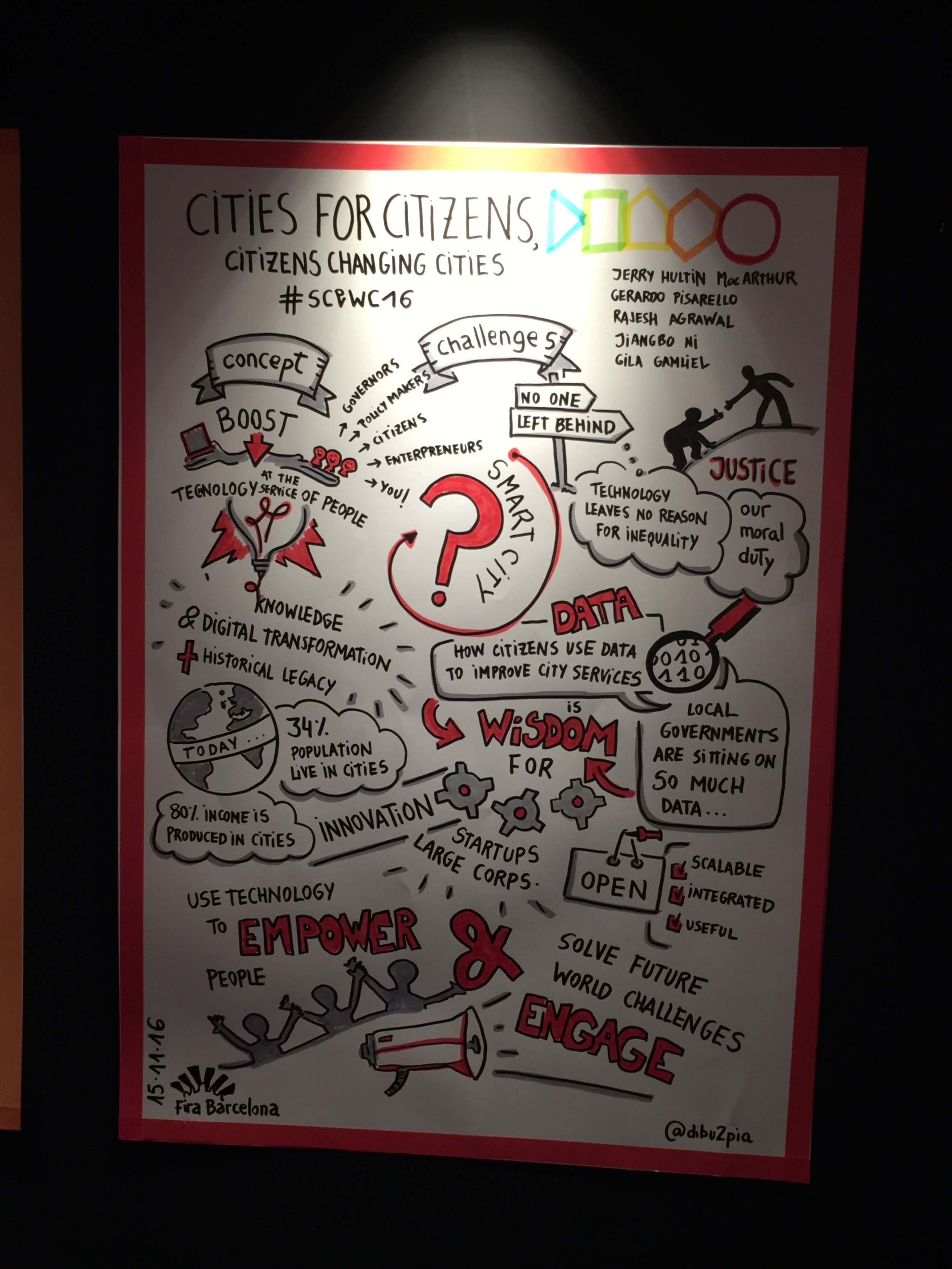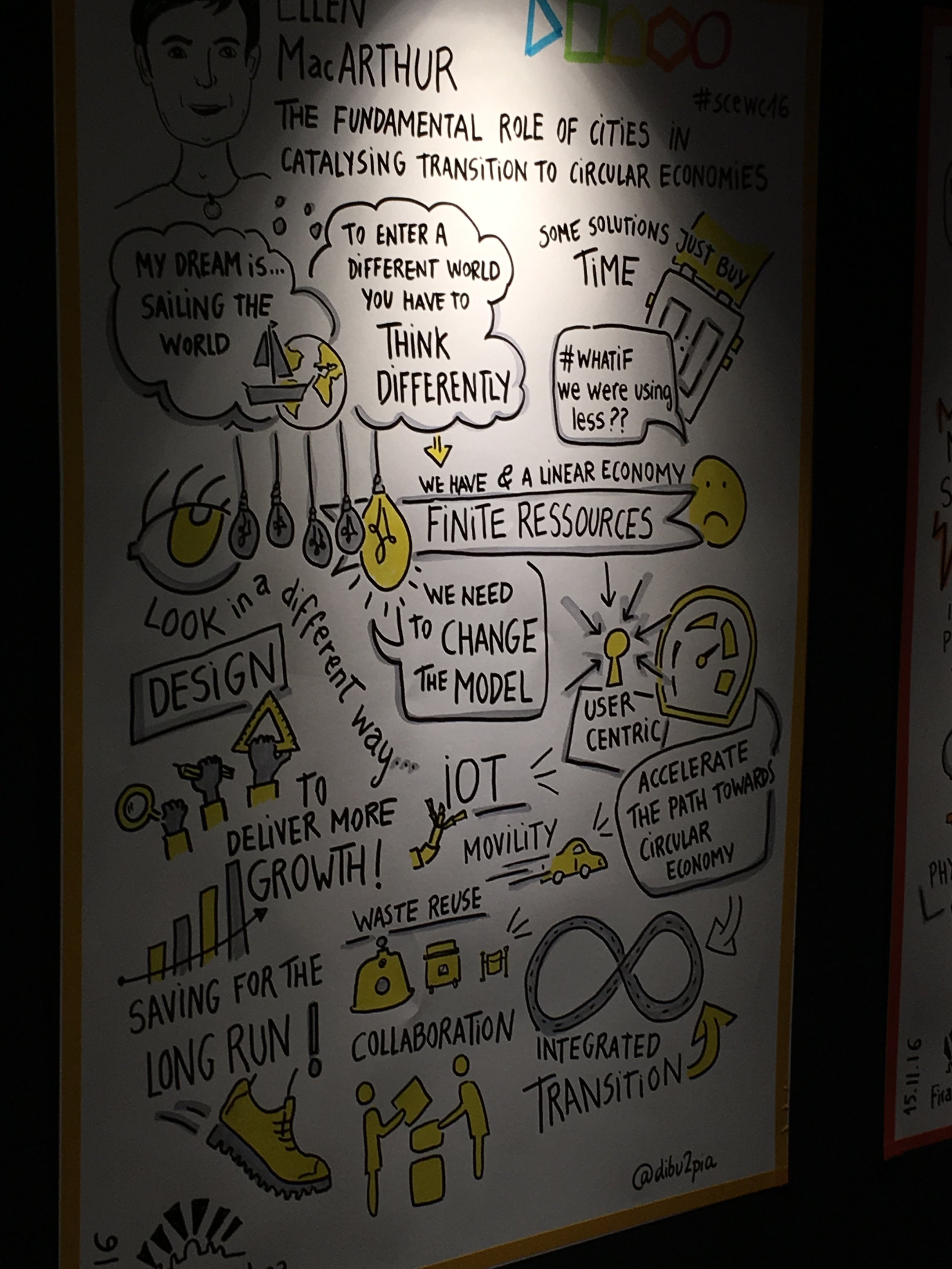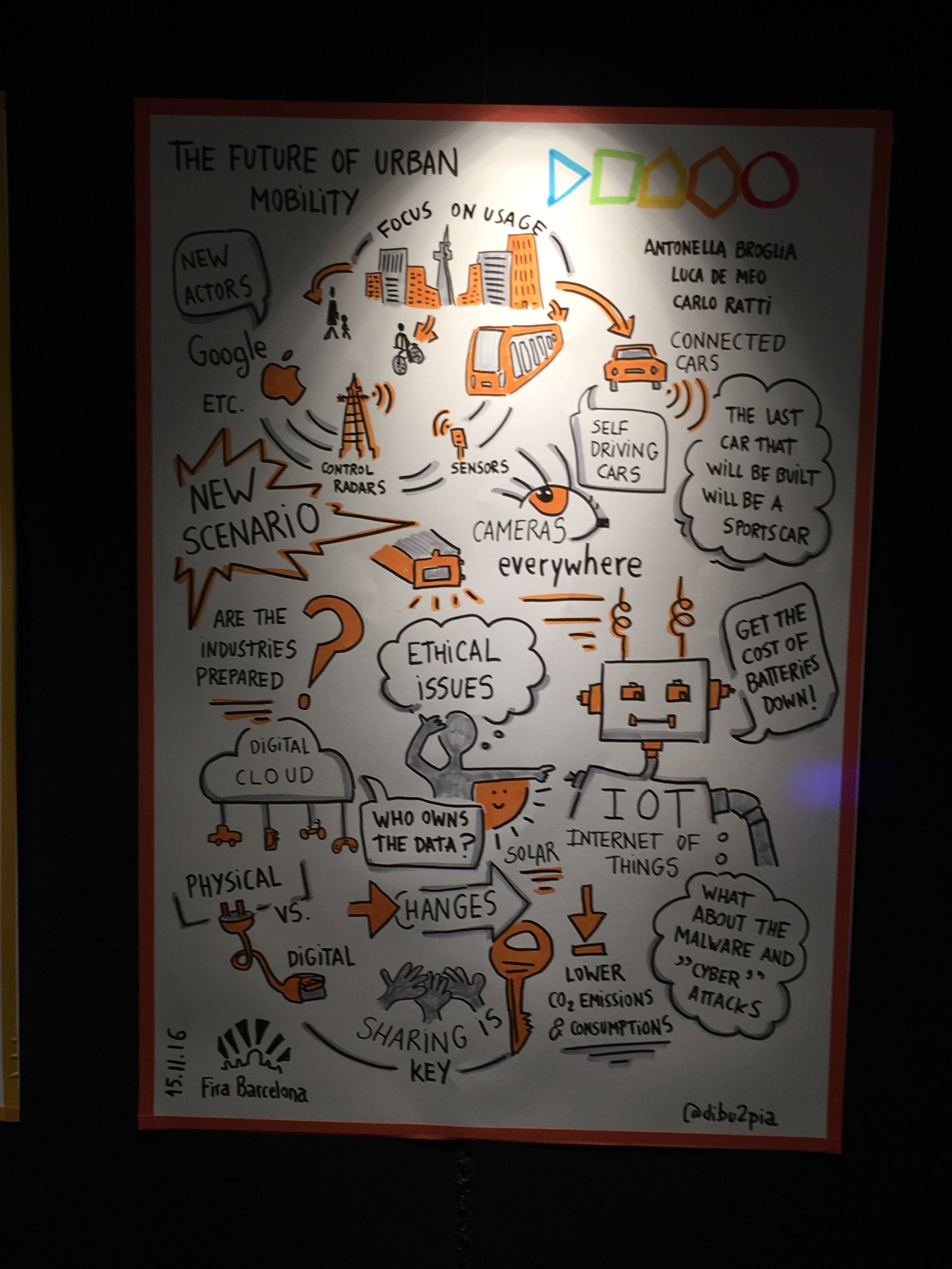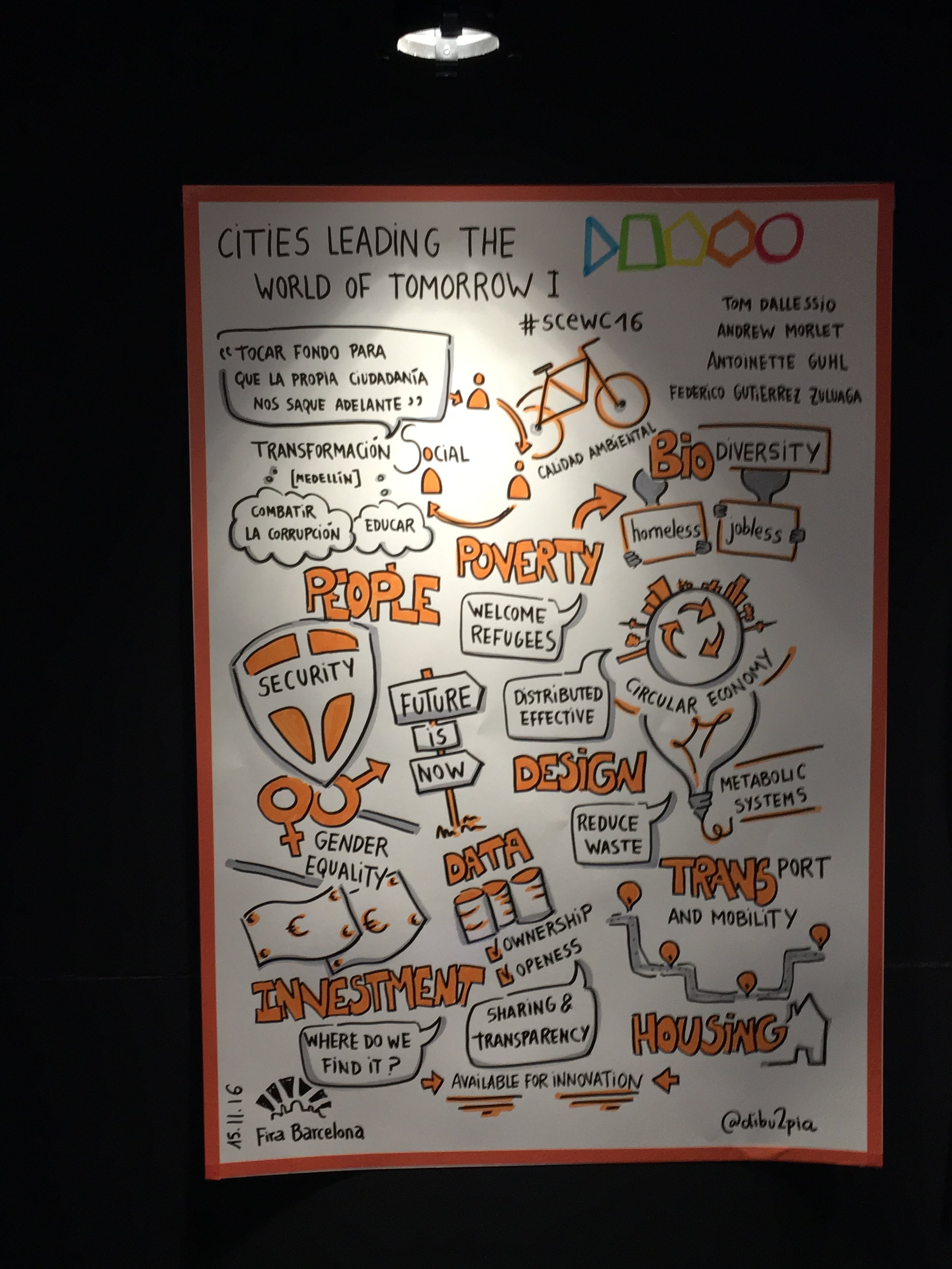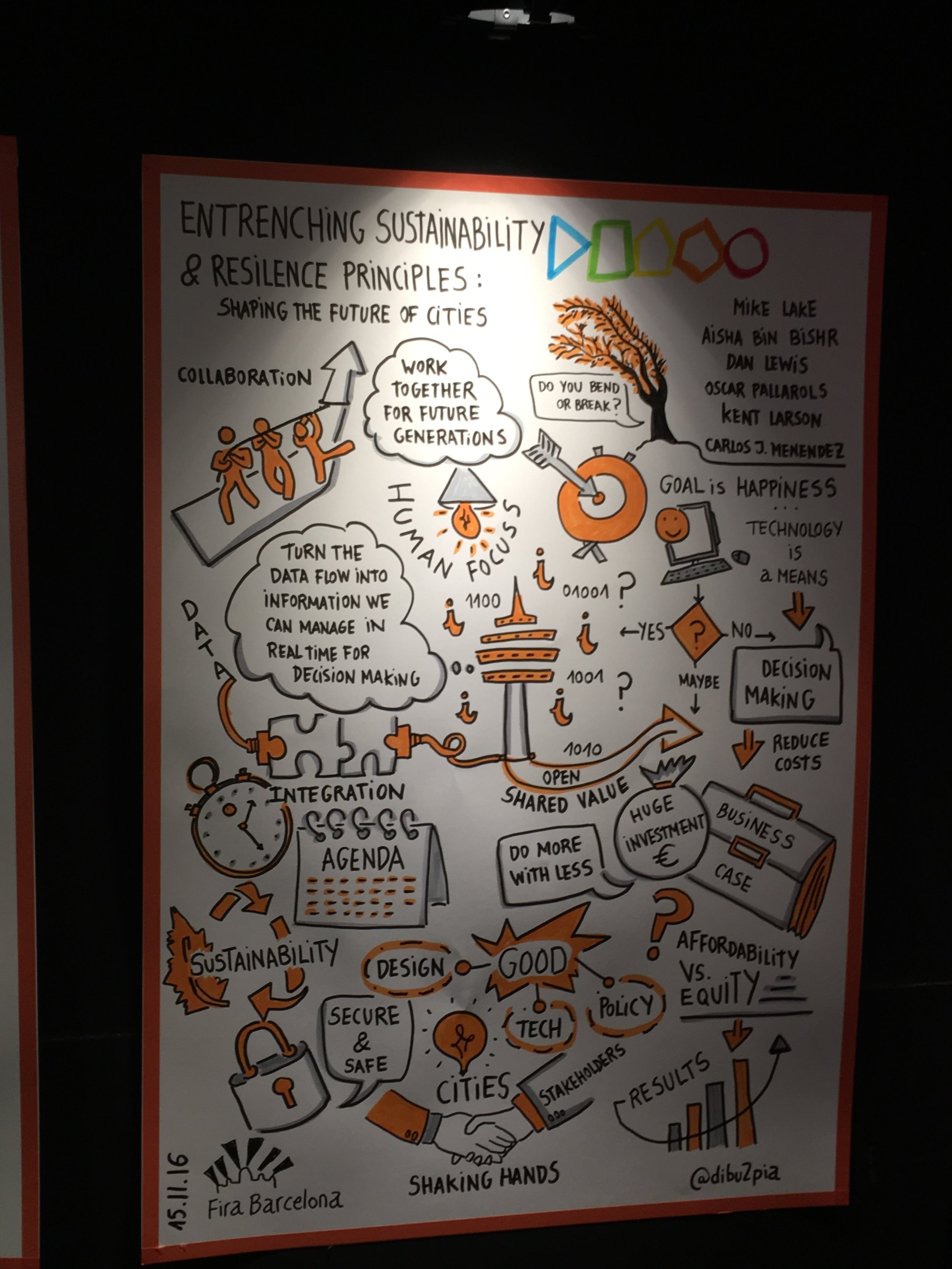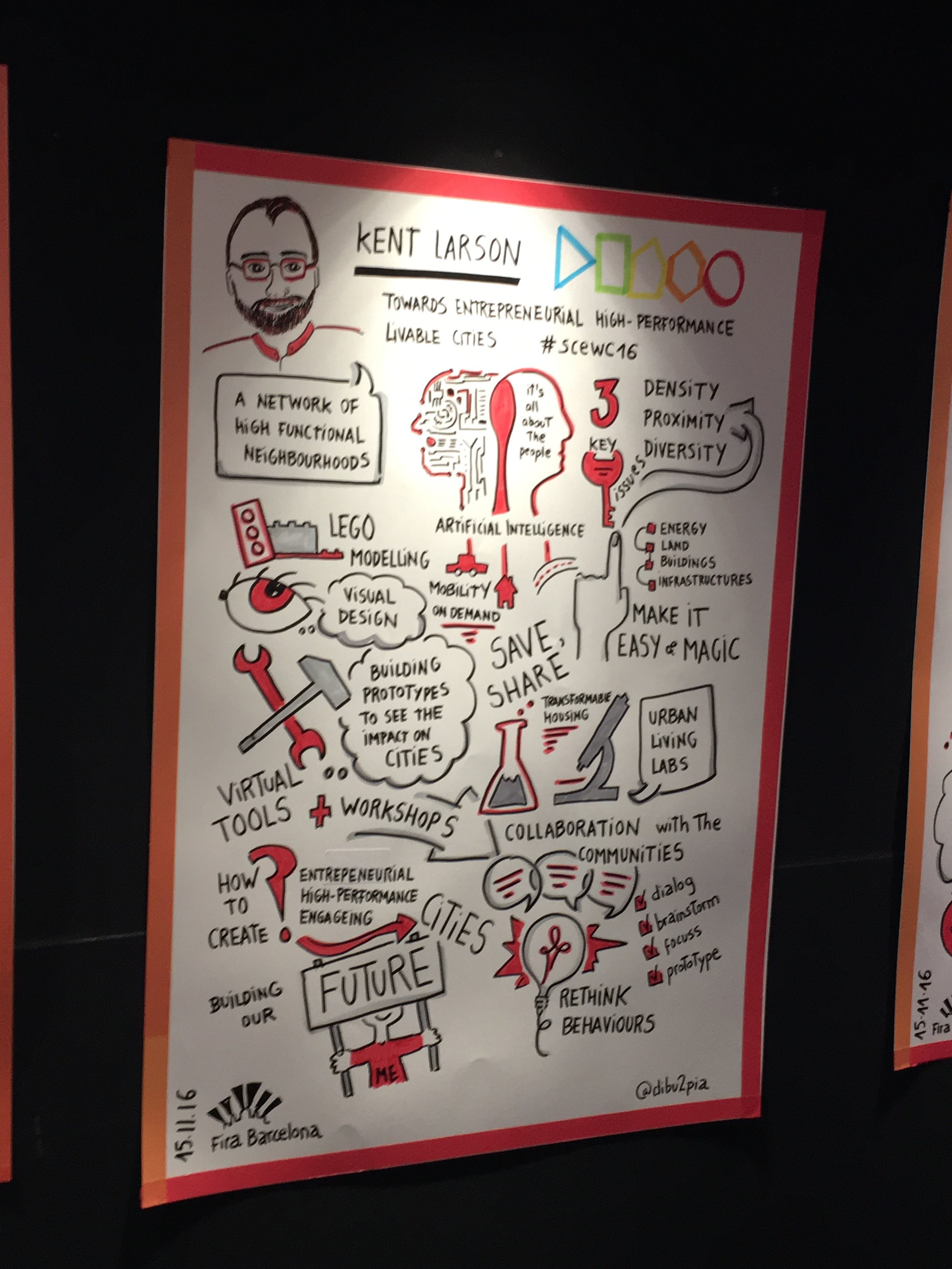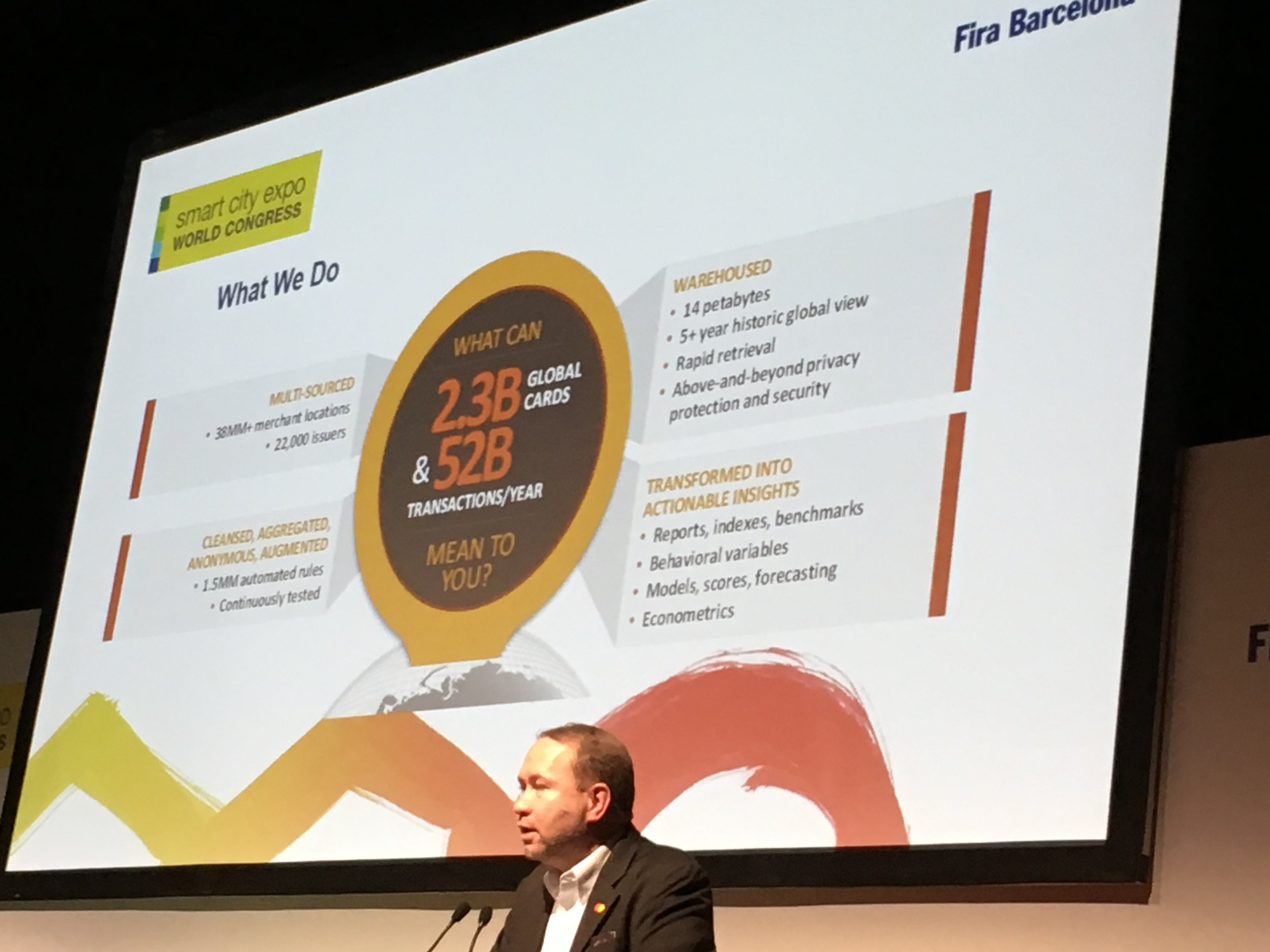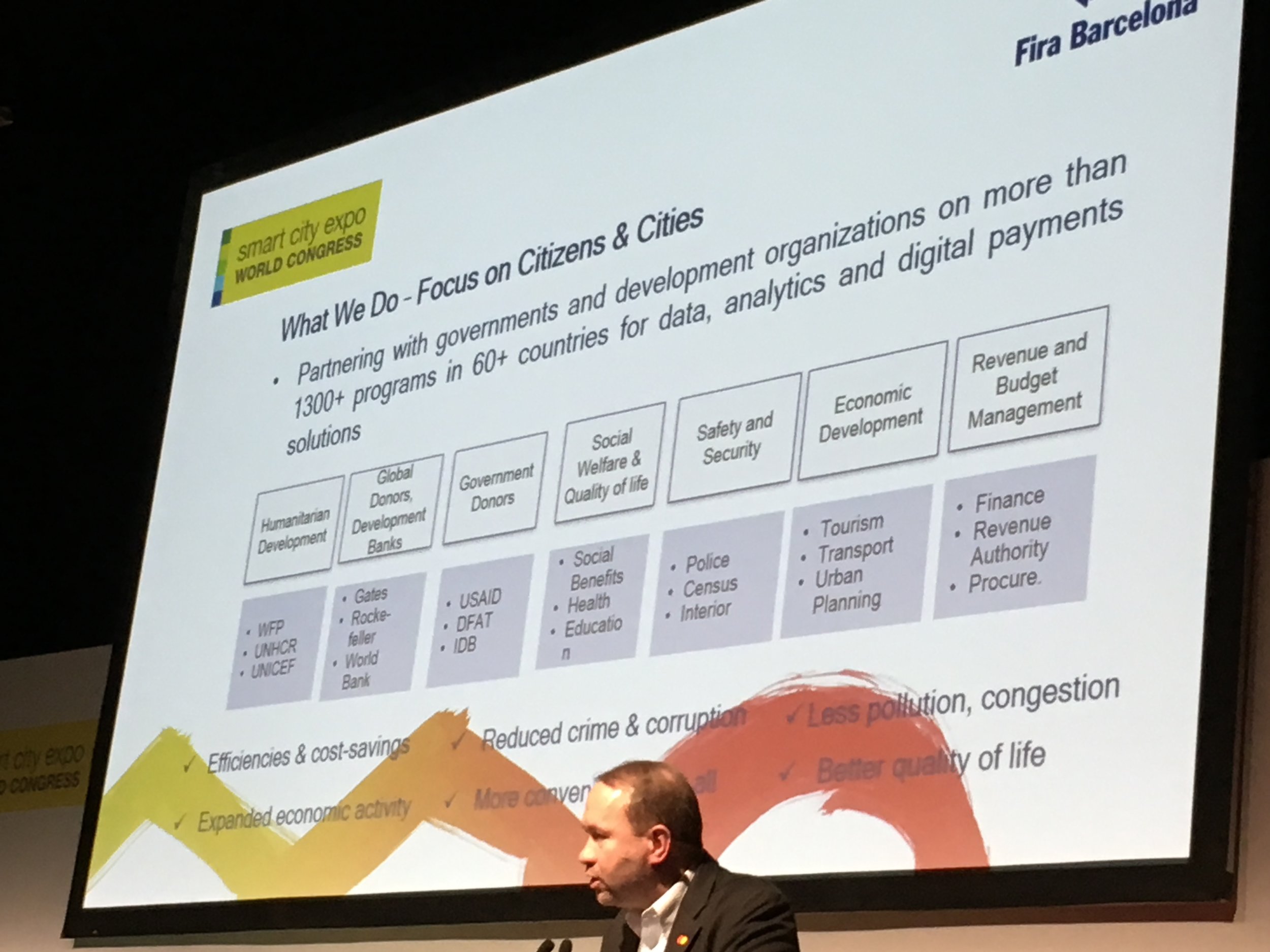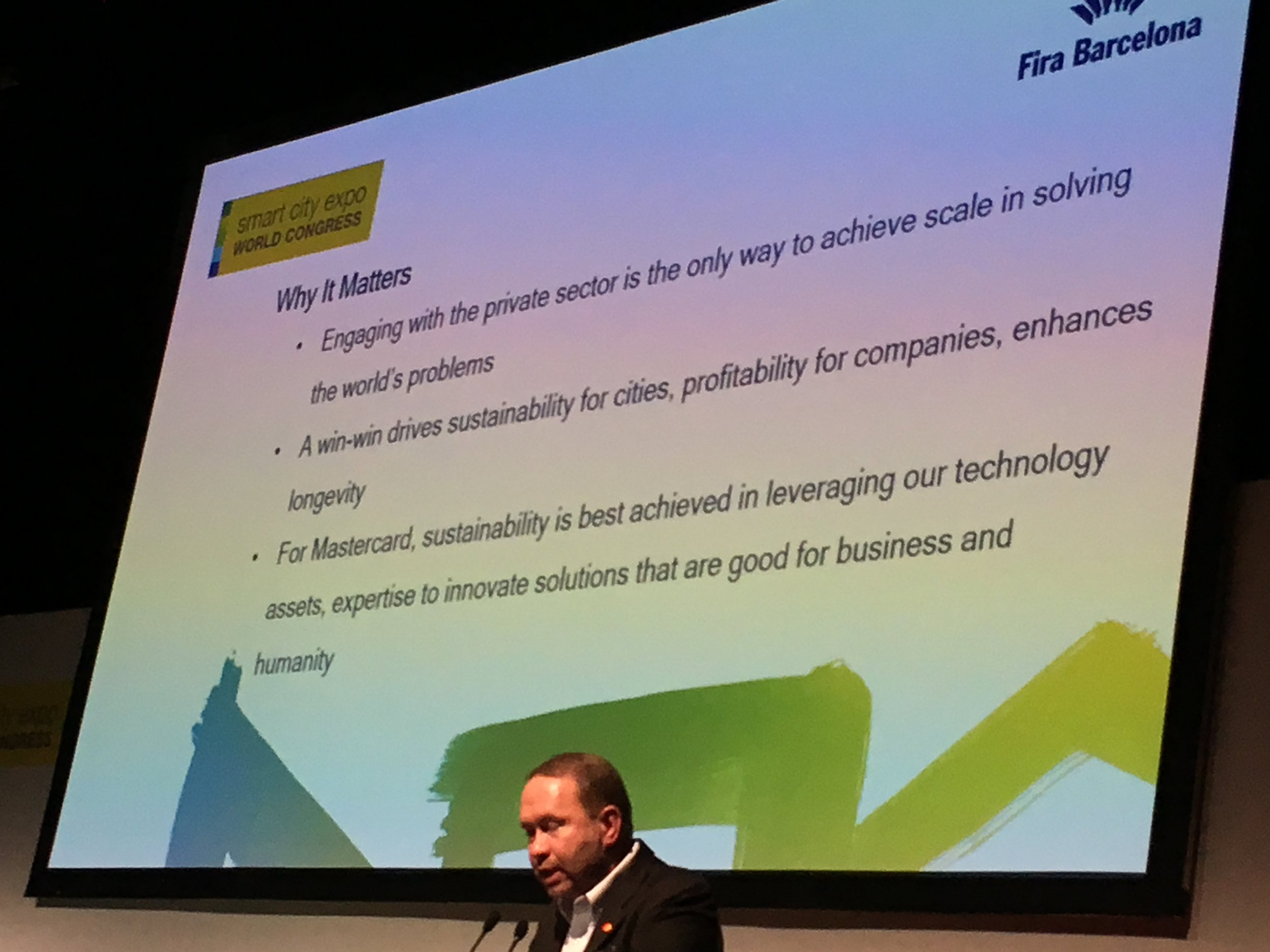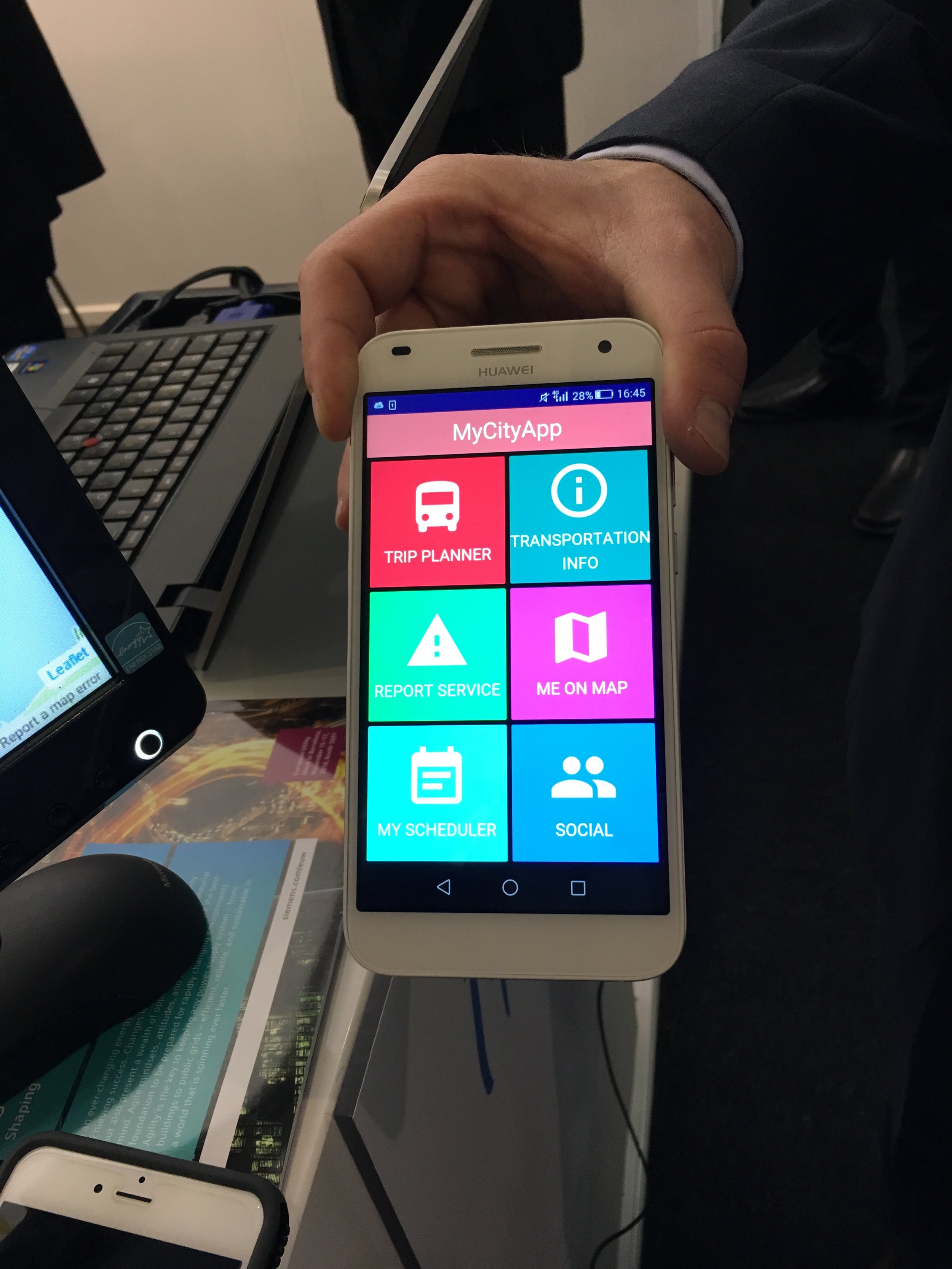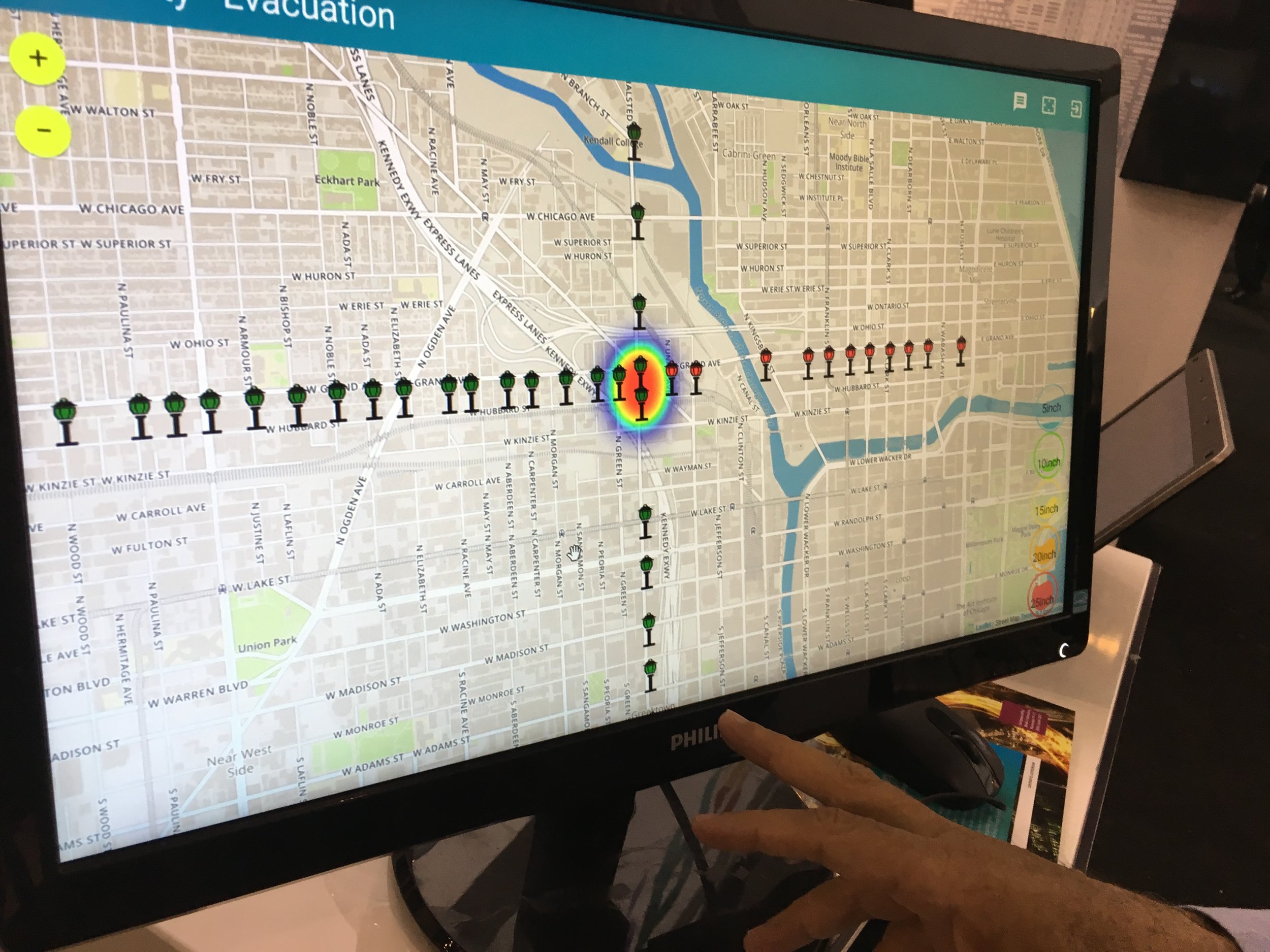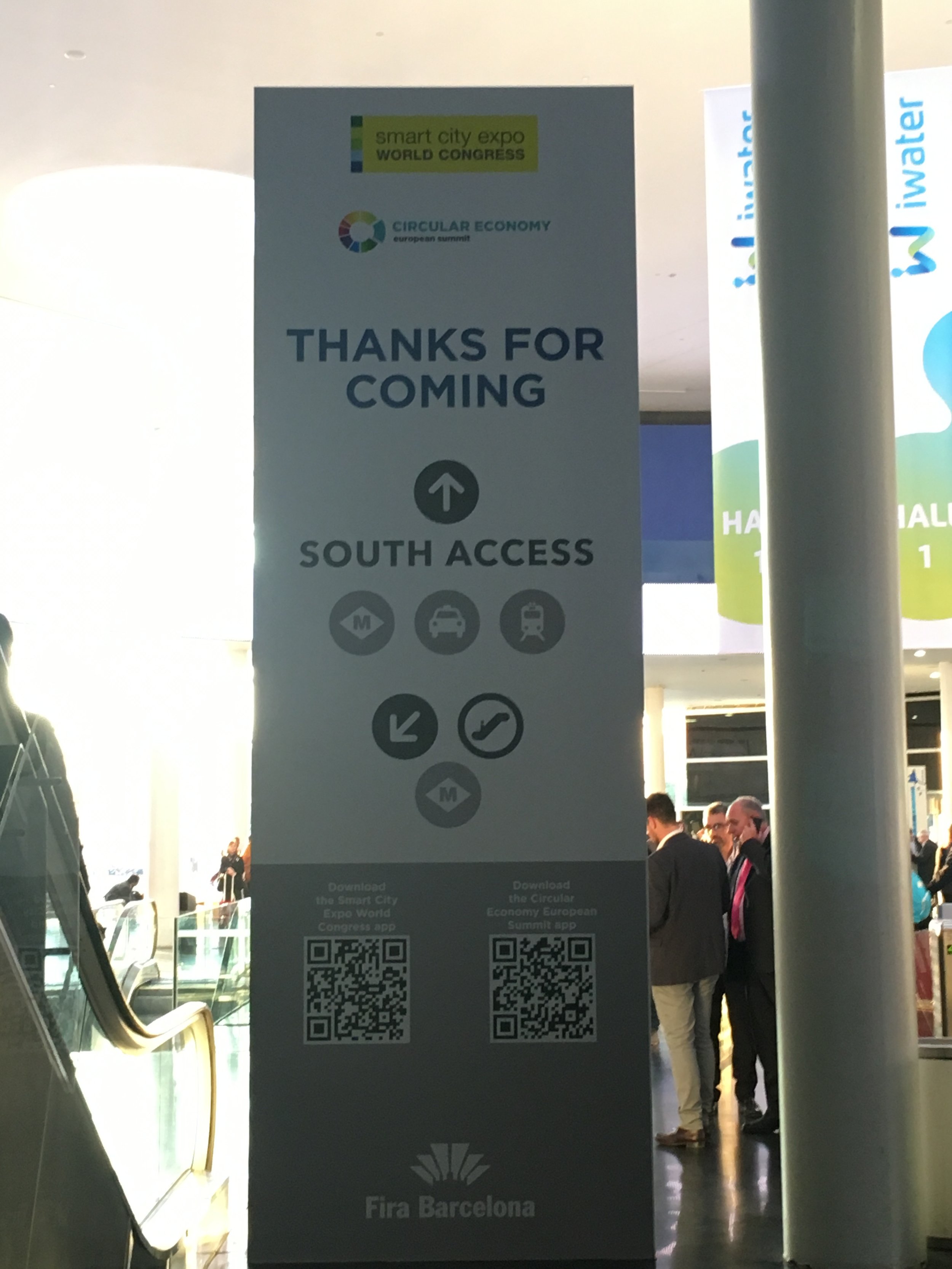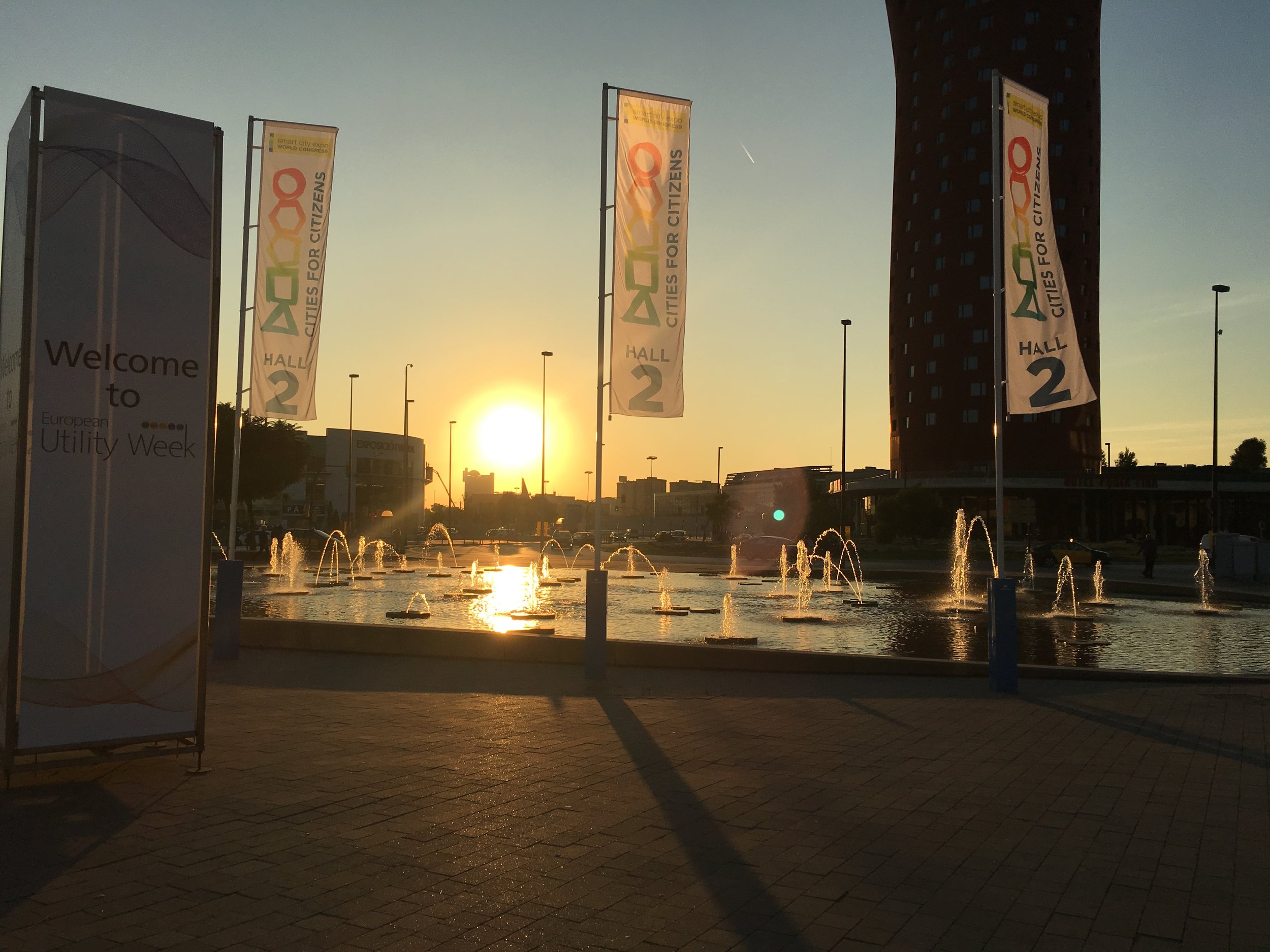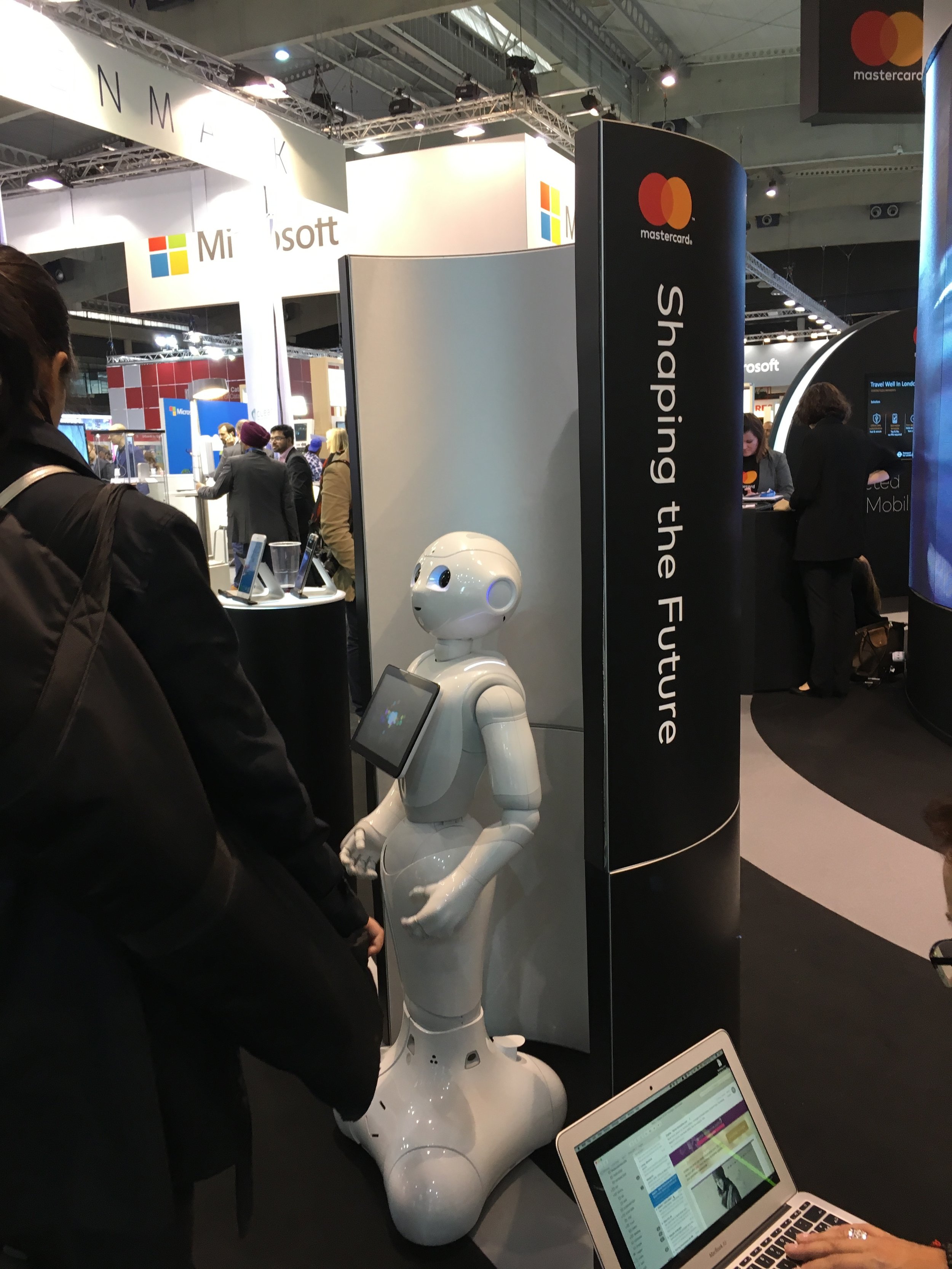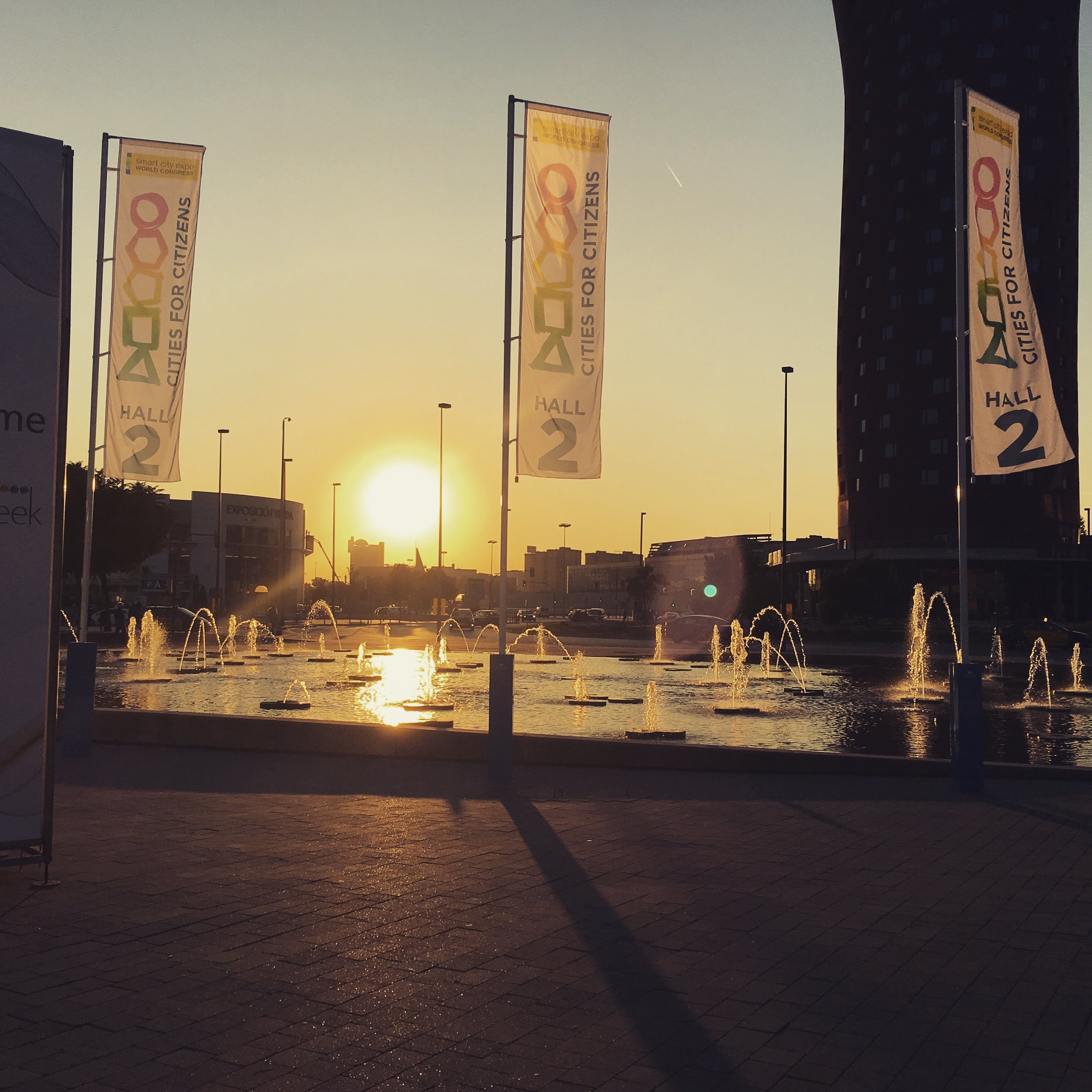GARDERE, DALLAS INNOVATION ALLIANCE ANNOUNCE PARTNERSHIP
Gardere will serve as the DIA’s Firm of Record, providing counsel to board of directors
DALLAS, TX, March 9, 2017 — Today, the Dallas Innovation Alliance (DIA), a 501c(3) Public-Private Partnership dedicated to the design and execution of a multi-phased smart city strategy for Dallas, announced that Gardere Wynne Sewell LLP has joined the organization as legal counsel and firm of record. Gardere Partner Glenn Singleton will join the Dallas Innovation Alliance’s Board of Directors. The DIA will draw upon Gardere’s deep expertise in areas critical to smart cities, including technology, data, intellectual property, cybersecurity and the public sector to help support the DIA’s efforts and maximize the impact of ongoing and future projects.
“It’s an honor to support DIA’s bold mission to spur economic growth and improve quality of life by leveraging technology for the future of Dallas,” said Mr. Singleton “Gardere has a long history of investing in the city of Dallas and this partnership reflects our continued focus on championing the great innovators that reside in North Texas.”
The DIA seeks to address key challenges faced by Dallas, and cities around the world, around aging infrastructure, strained natural and fiscal resources, and increased density in the urban core, while providing the technology, data and connectivity needed to power the future for all Dallasites. The DIA operates from the definition that a smart city is one where technological and social infrastructures accelerate economic development, increase resource efficiency, and most importantly, improve quality of life. Through the support and collaboration of its members like Gardere, the DIA is committed to advancing transformative change in the city of Dallas while increasing the domestic and global profile of the great innovators and ideas that reside in Dallas.
“We are so grateful for the support of Gardere, and for its commitment to investing in the future of our city via forward-thinking organizations like the DIA,” stated Jennifer Sanders, Executive Director of the Dallas Innovation Alliance. “It is through the vision and commitment of organizations like Gardere that we can sustainably and thoughtfully address the complex issues facing cities around infrastructure, data and intellectual property. Through Gardere’s counsel and expertise, the DIA will continue to work towards these goals.”
“Our business and technology attorneys are thought leaders in this constantly evolving space and we are very excited to help the DIA, as well as the many participating companies and stakeholders, bringing cutting-edge technology solutions to Dallas,” added Mr. Singleton.
On March 27th, the DIA will launch its first phase in the West End. The Living Lab in the Dallas Innovation District will bring multiple projects onto Market Street to allow for the testing of multiple solutions including intelligent street lighting, capturing environmental sensor data, interactive digital kiosk and public Wi-Fi. Later 2017 deployments in the Living Lab will include smart irrigation in a downtown park, smart parking solutions, advanced electric vehicle charging stations, smart water meter infrastructure, and an open source platform for citizens to interact with the Living Lab data. The West End living lab will help anchor the Dallas Innovation District, uniting civic, startup and corporate innovation to provide a critical mass of the resources, infrastructure and creative talent that accelerates entrepreneurship, economic development and research & development.
About the Dallas Innovation Alliance
The Dallas Innovation Alliance (DIA) is a public-private partnership dedicated to the design and execution of a smart cities plan for the City of Dallas, leveraging social and technological infrastructures to accelerate sustainable economic growth, resource efficiency, and importantly, improve quality of life for citizens. Its mission is to develop a scalable smart cities model for the City of Dallas that leverages the region’s distinctive strengths and leaves a legacy of innovation, sustainability and collaboration for future generations. DIA support is led by Foundational Partner AT&T, Pivotal Partner Cisco, Lead Partner Current, Powered by GE, Partners AECOM and Universal Mind, and Lead Community Partner United Way of Metropolitan Dallas. Members of the Dallas Innovation Alliance include: City of Dallas, Dallas Area Rapid Transit (DART), Visit Dallas, Dallas Entrepreneur Center (DEC), Dallas Regional Chamber, Downtown Dallas Inc., The Real Estate Council (TREC), Texas Research Alliance, CIVIQ Streetscapes, Deloitte, Ericsson, IBM, Microsoft, Park Hub, Philips, Schneider Electric, Xerox, and World Wide Technology. For more information, please visit www.DallasInnovationAlliance.com.
About Gardere
Founded in 1909, Gardere is one of the Southwest’s largest full-service law firms – with more than 230 attorneys serving clients from three of the largest cities in Texas, as well as Colorado and Mexico. Gardere is noted for a commitment to superior client service and an ability to assist clients with their most complex and demanding legal and business challenges worldwide. By combining the comprehensive resources of a large firm with the specialized, boutique-like expertise of the lawyers in each of our practice areas, we have the unique capabilities and resources necessary to provide our clients with efficient, effective and quality legal counsel. For more information, please visit www.gardere.com.
